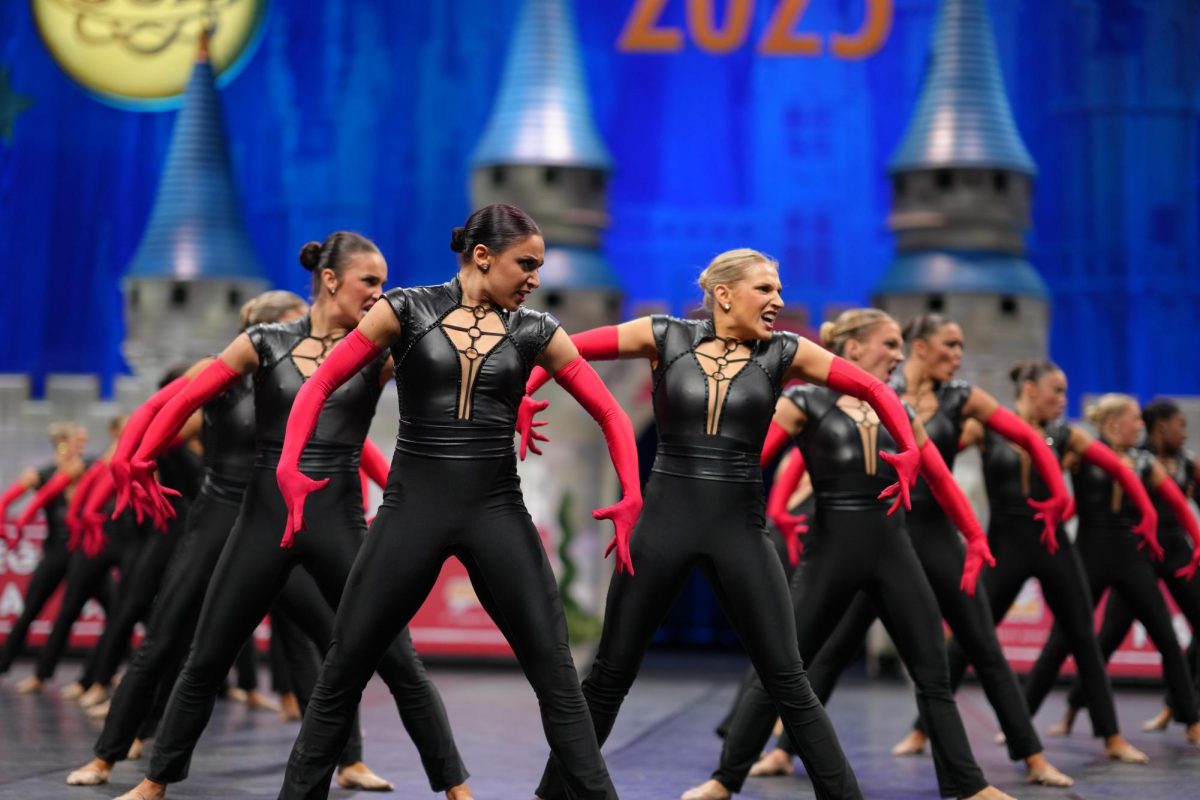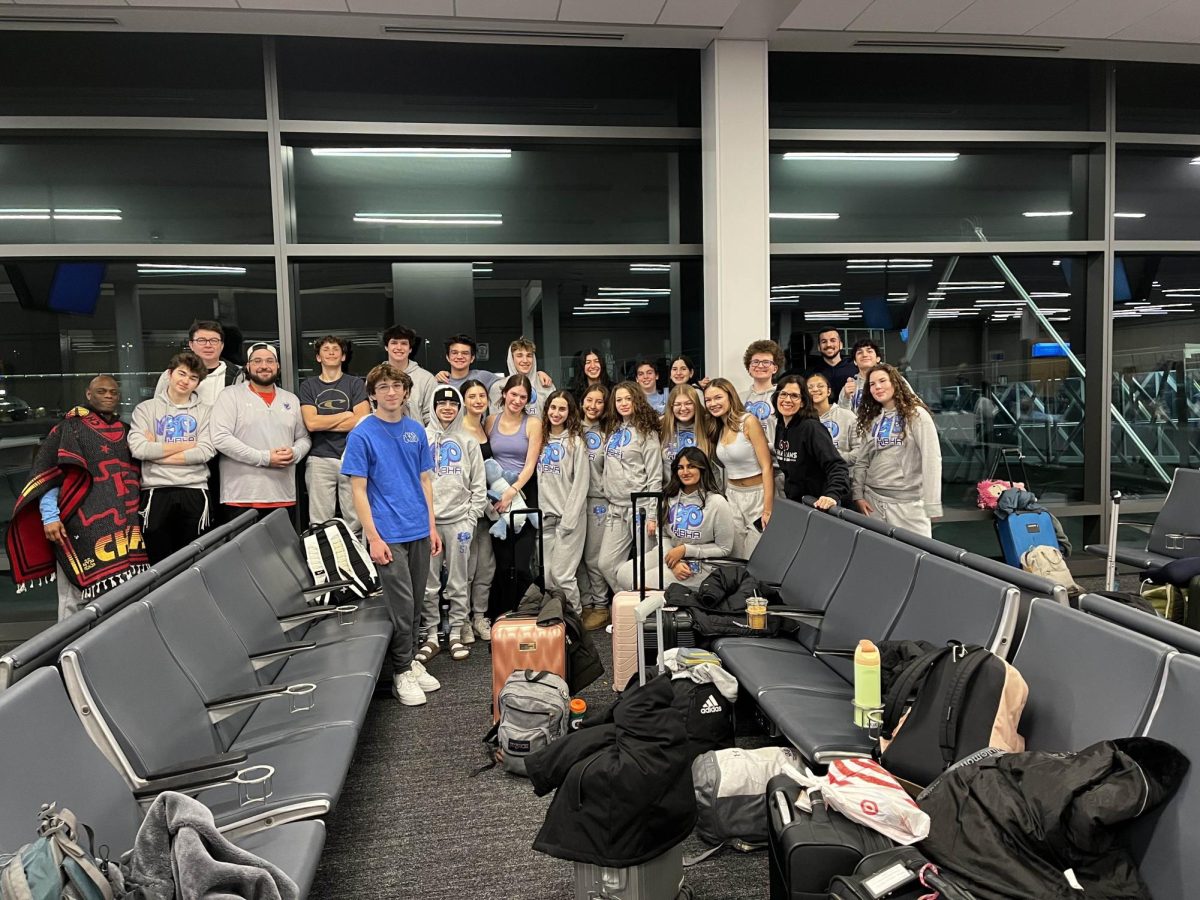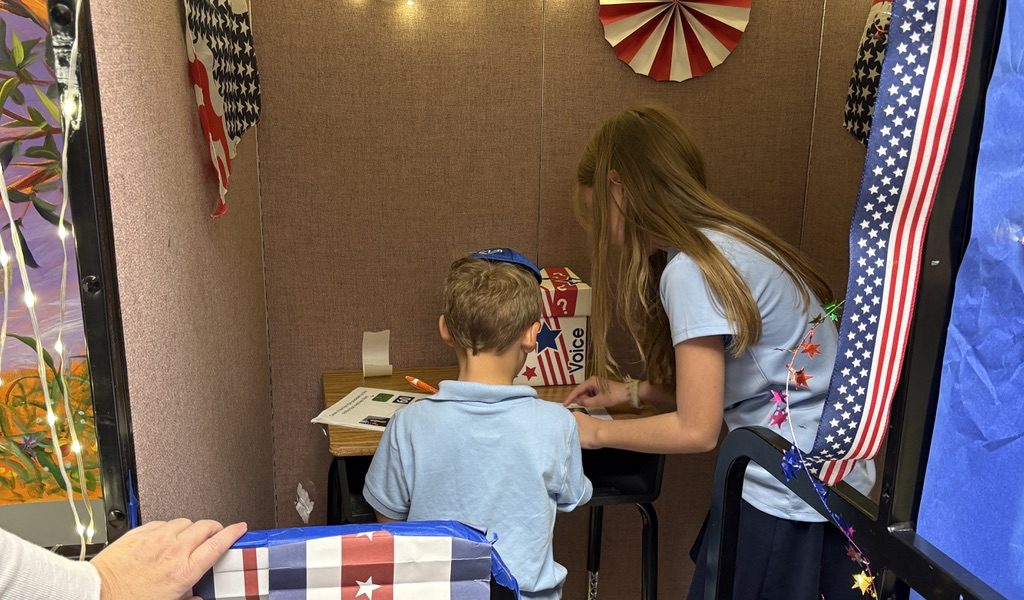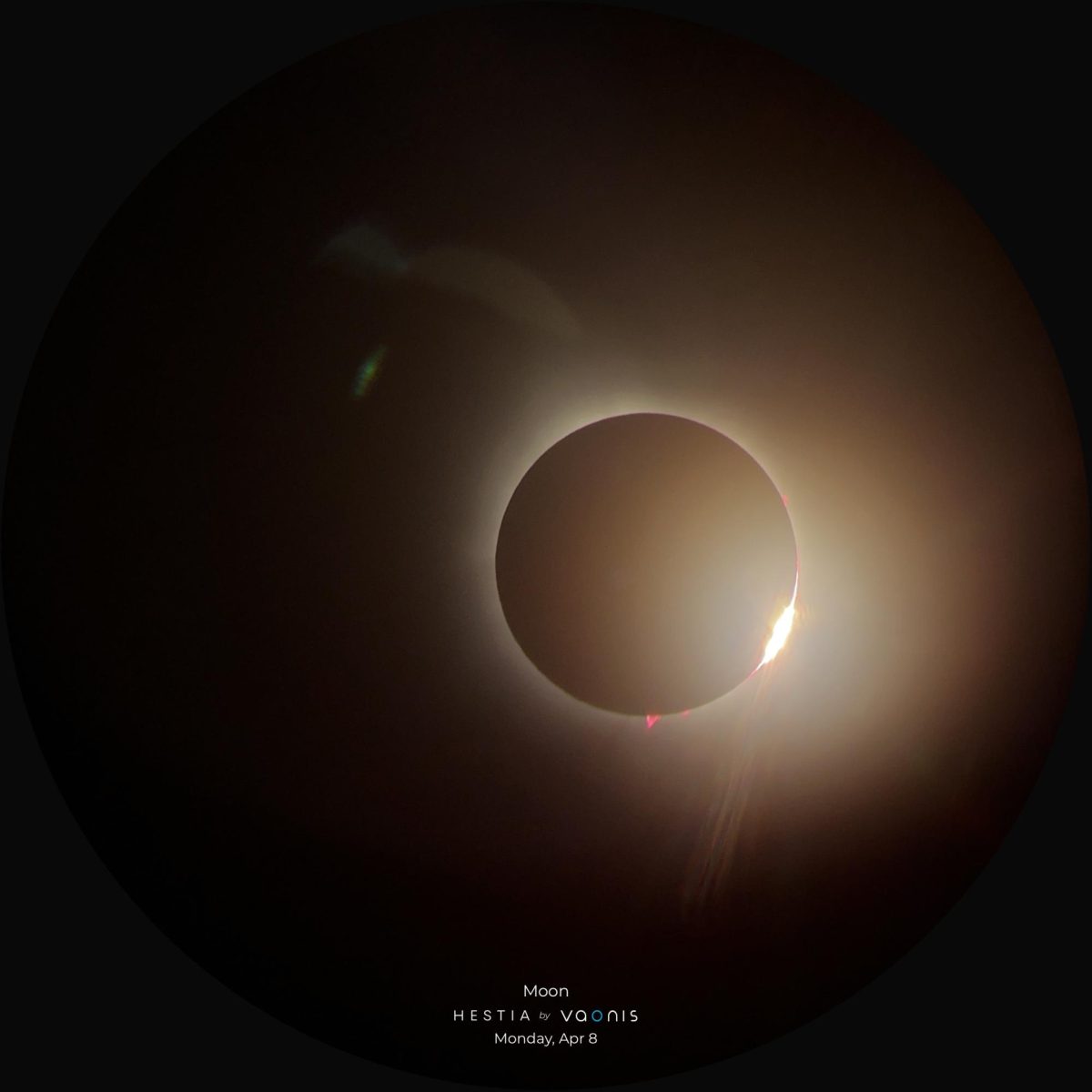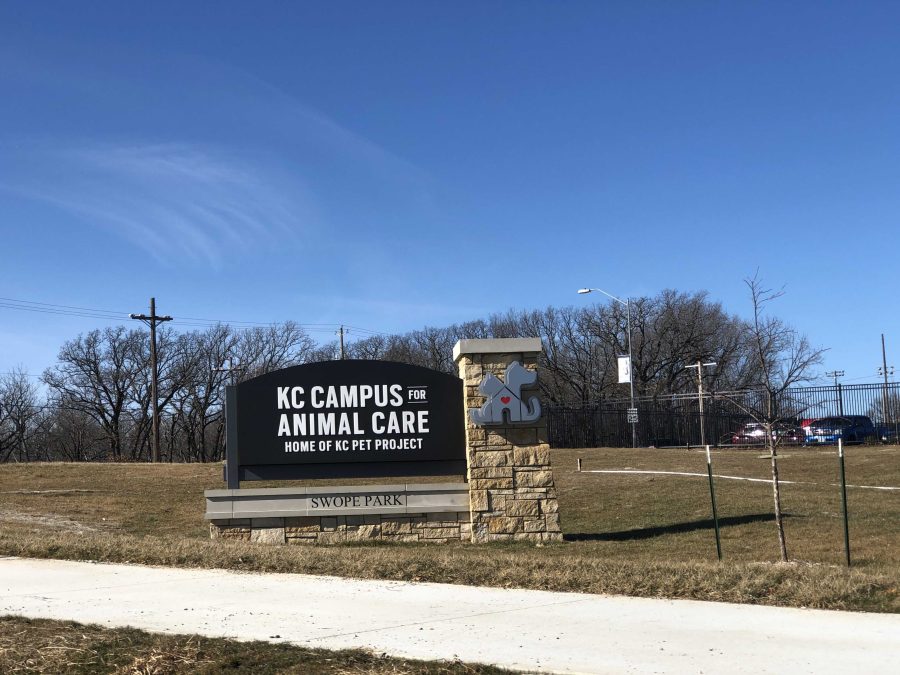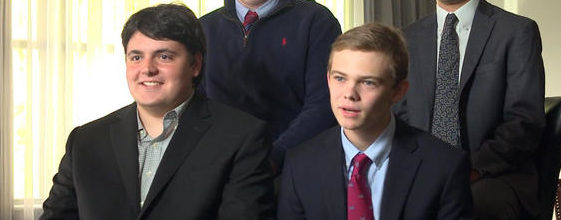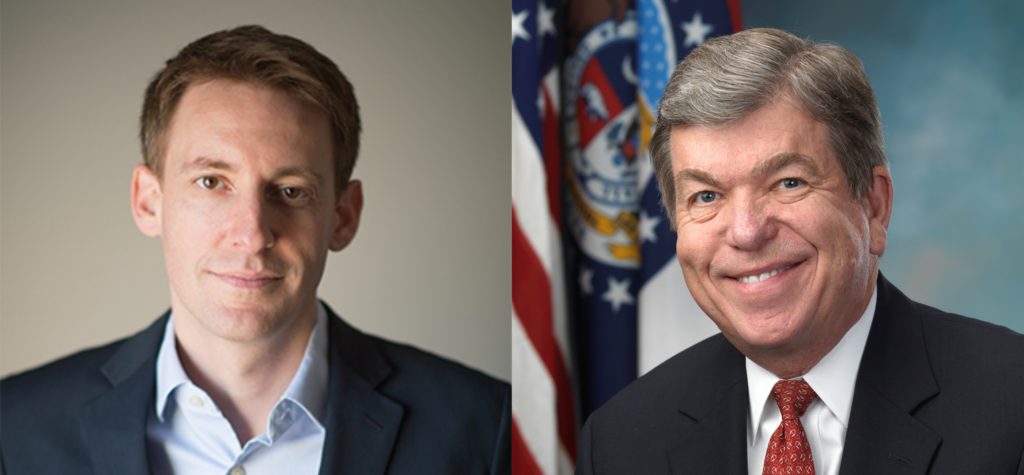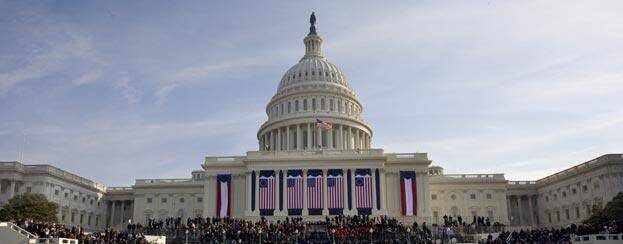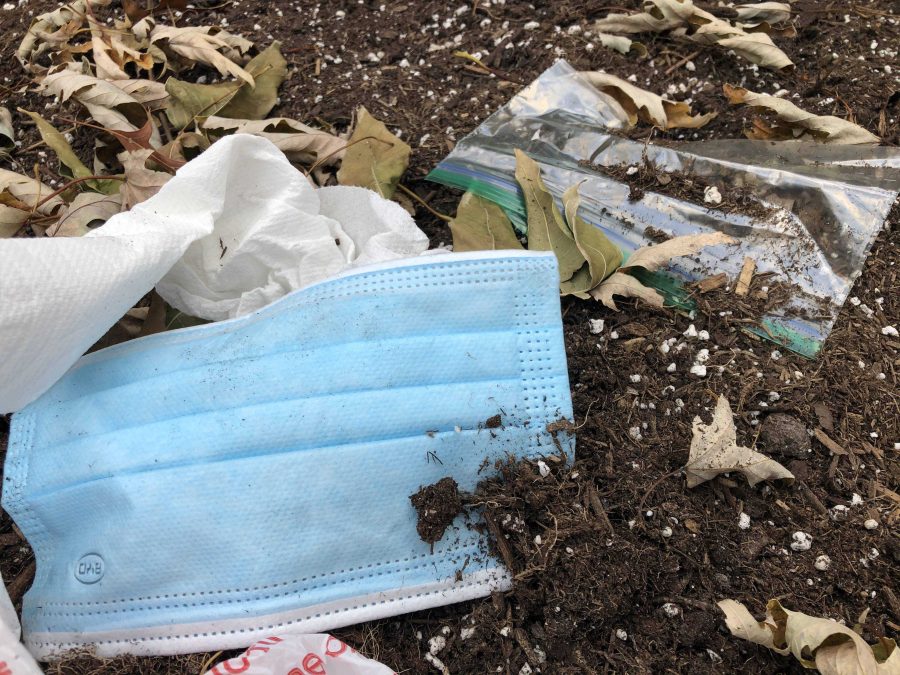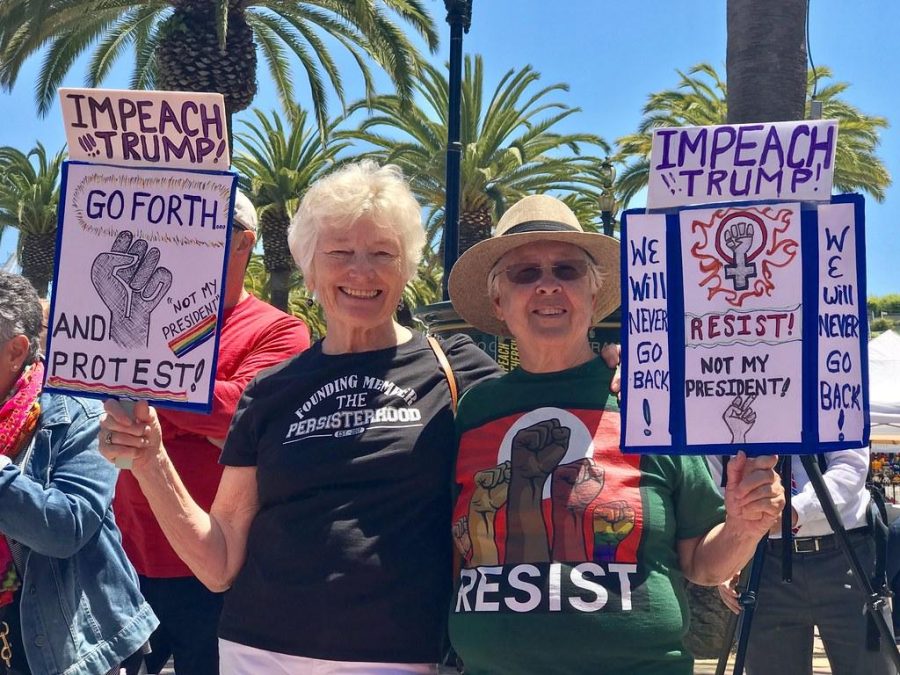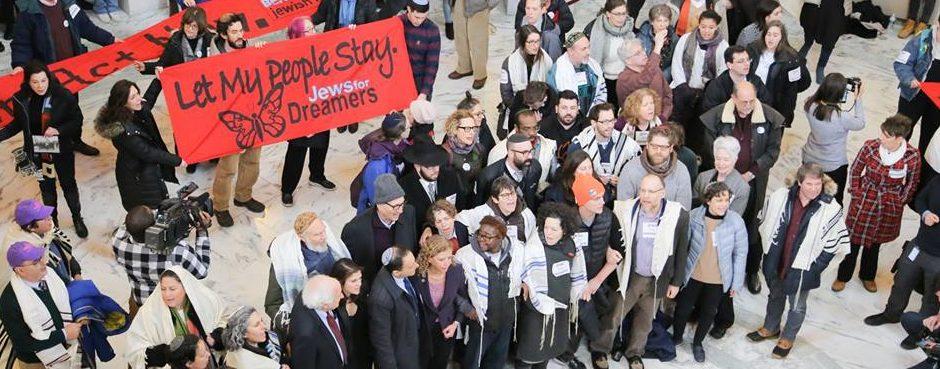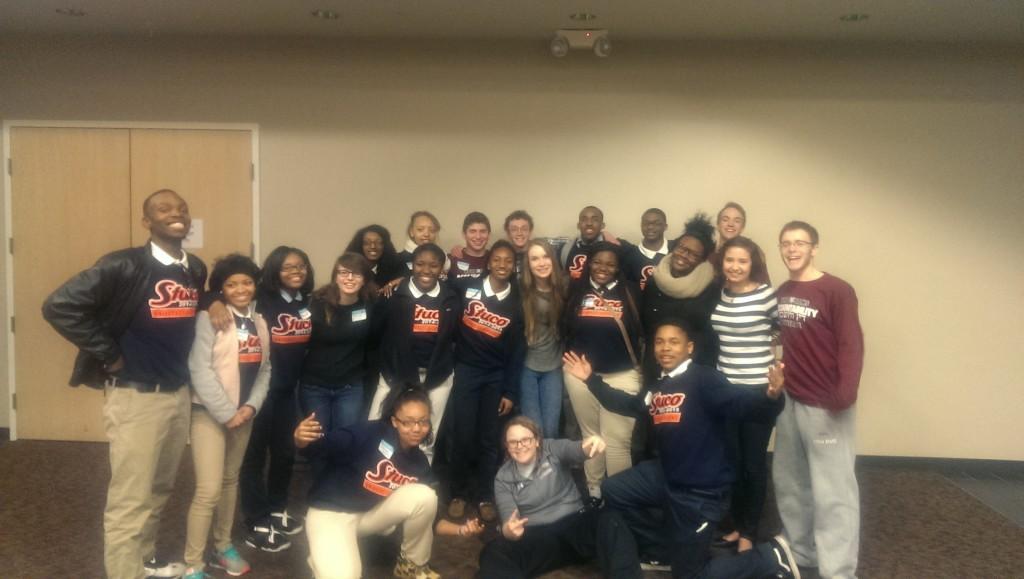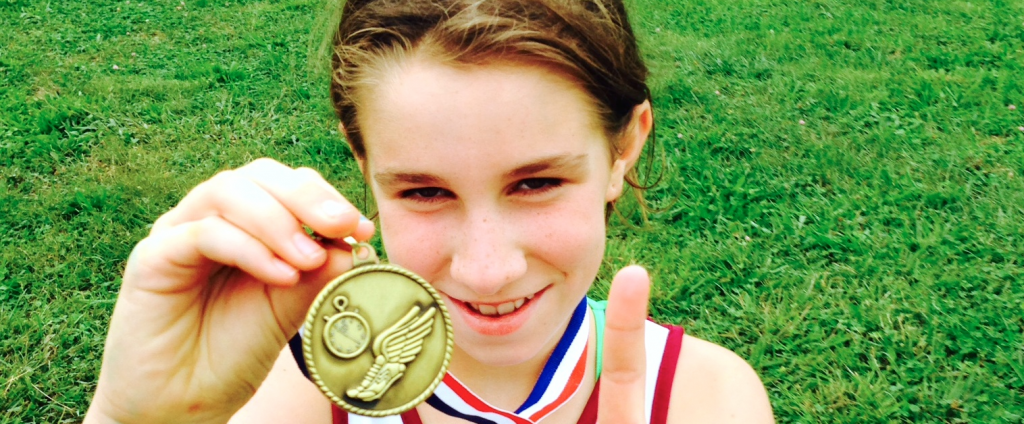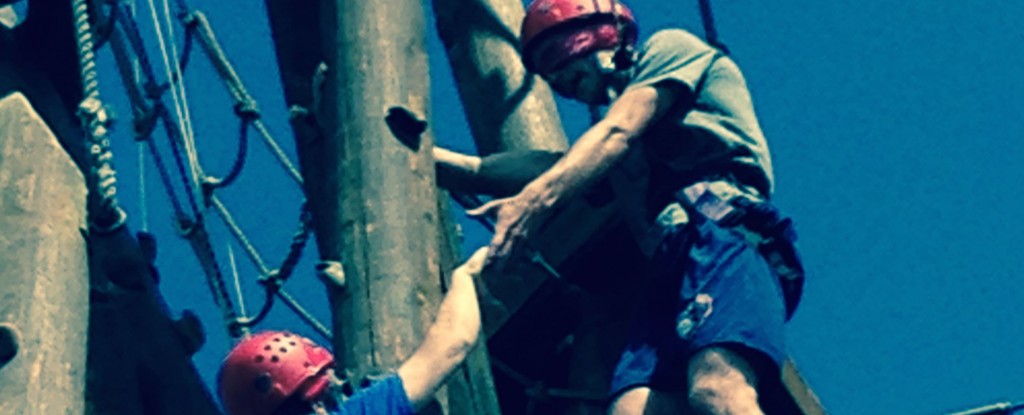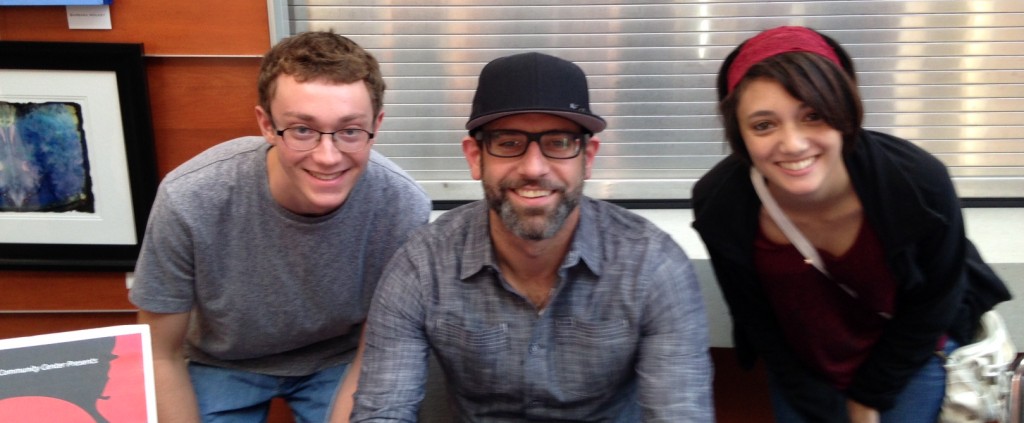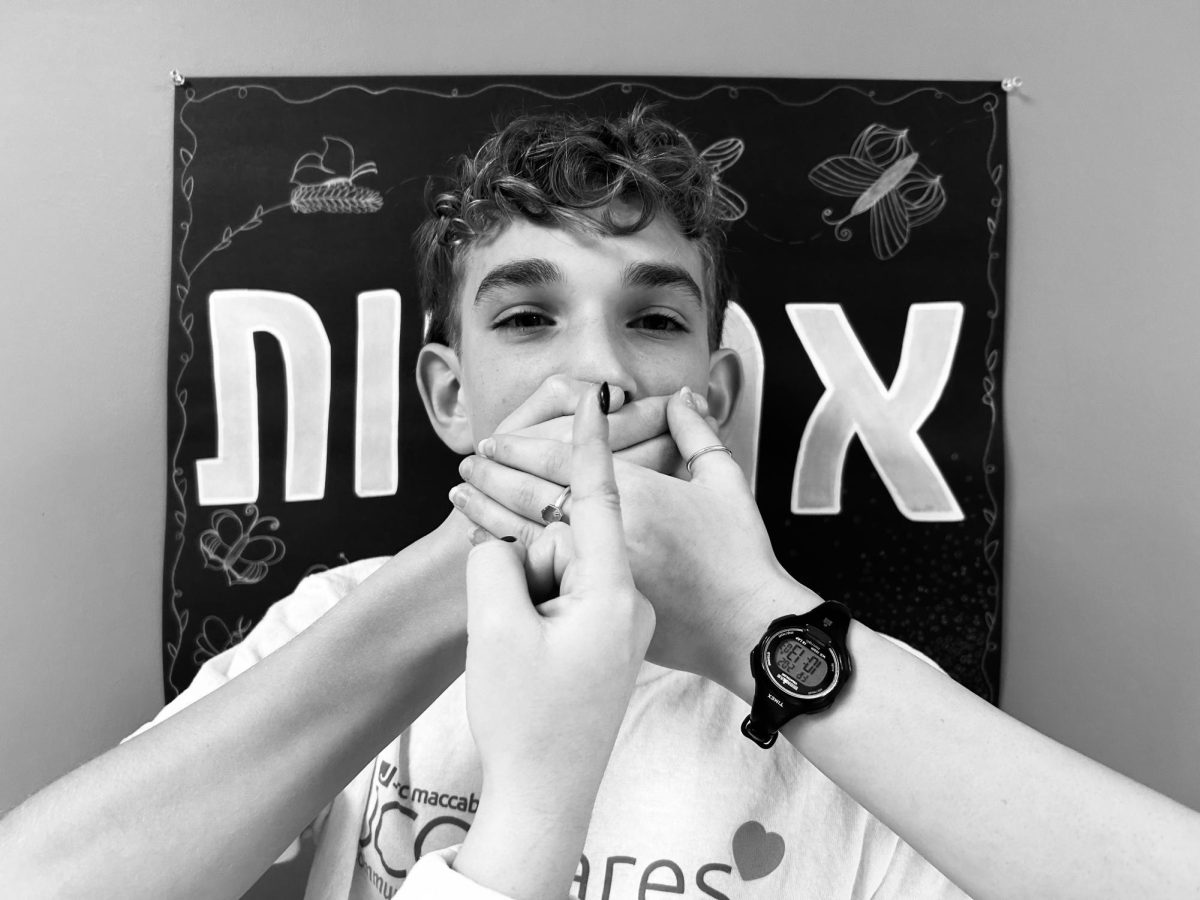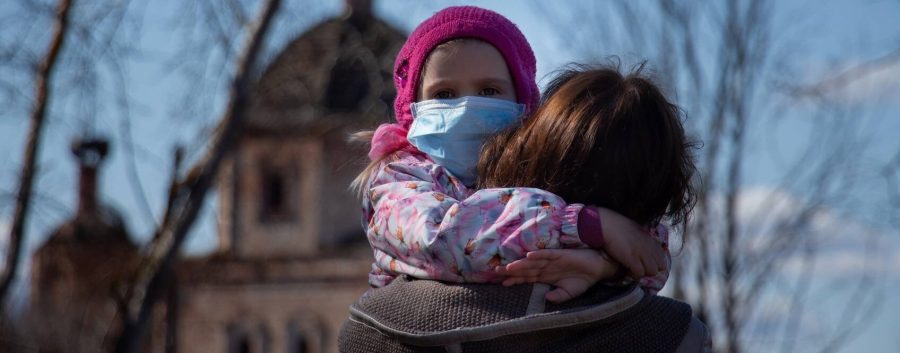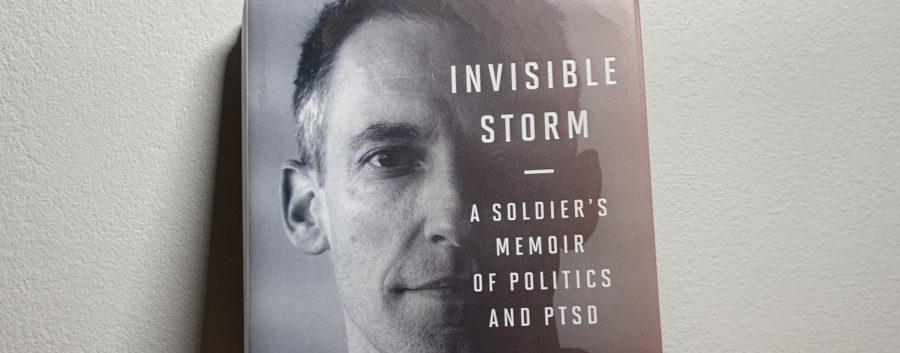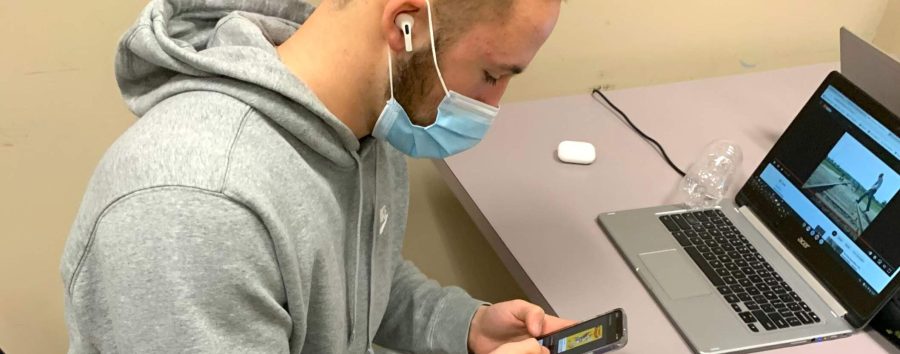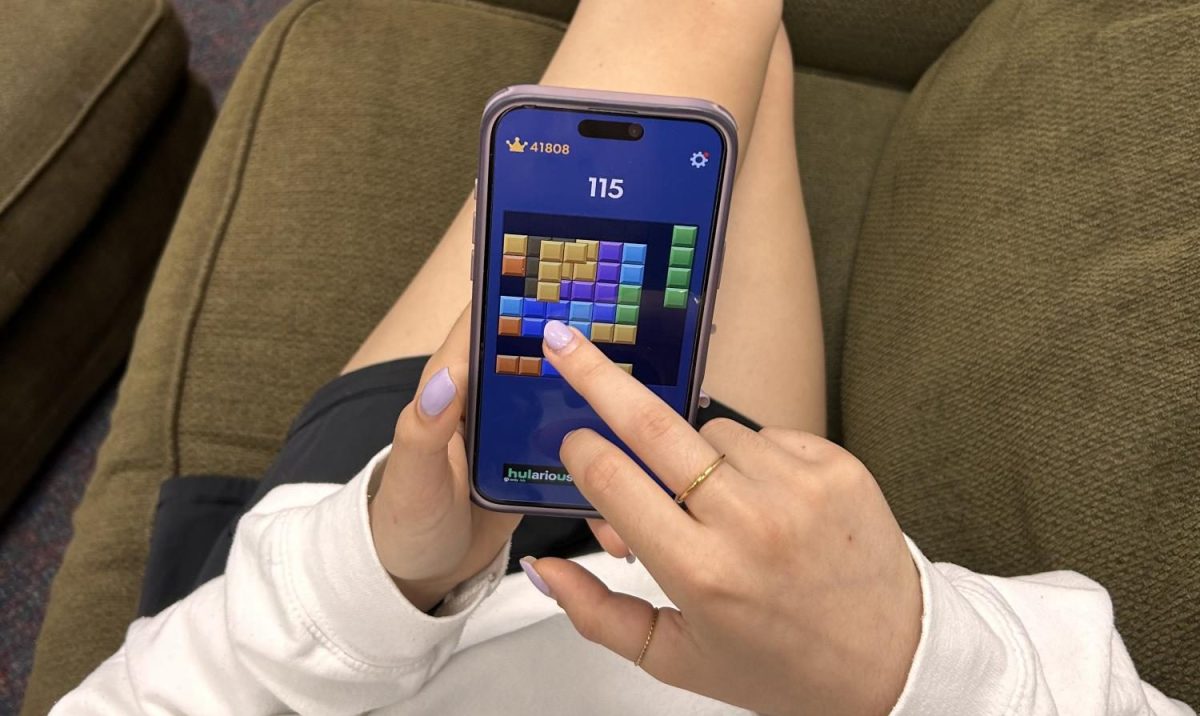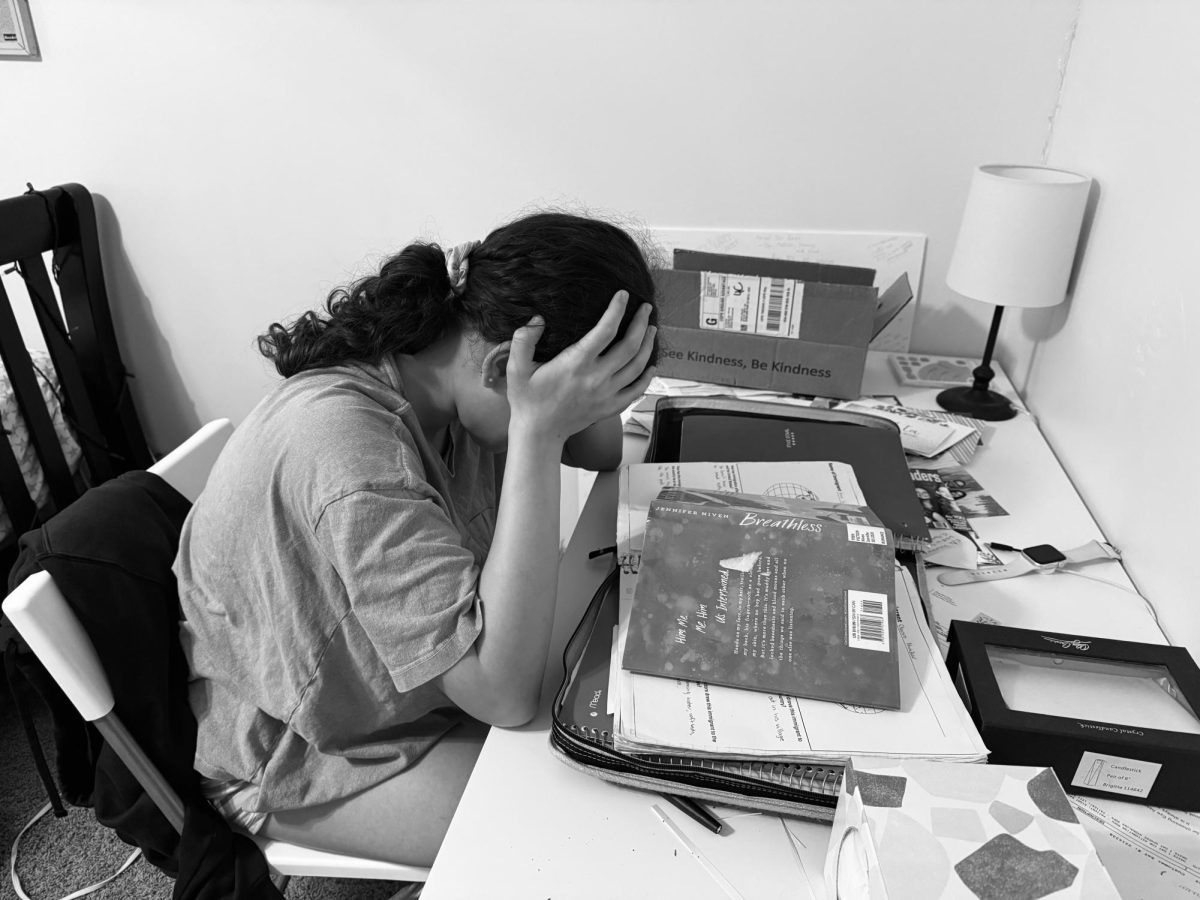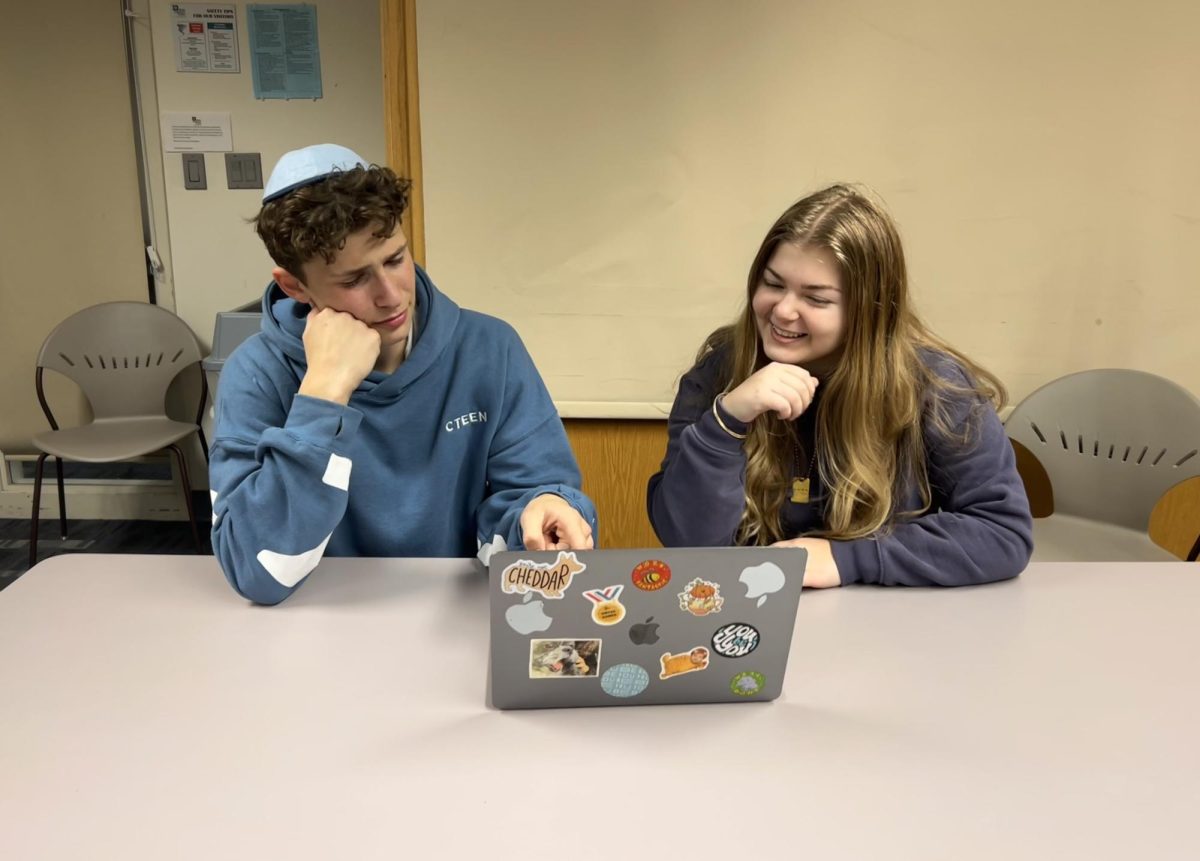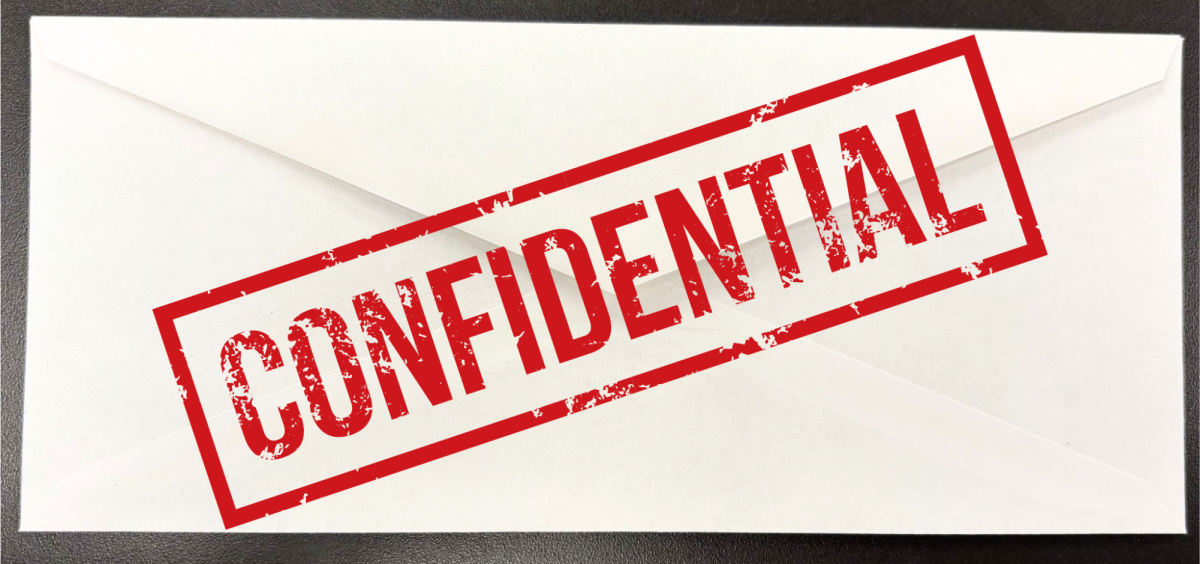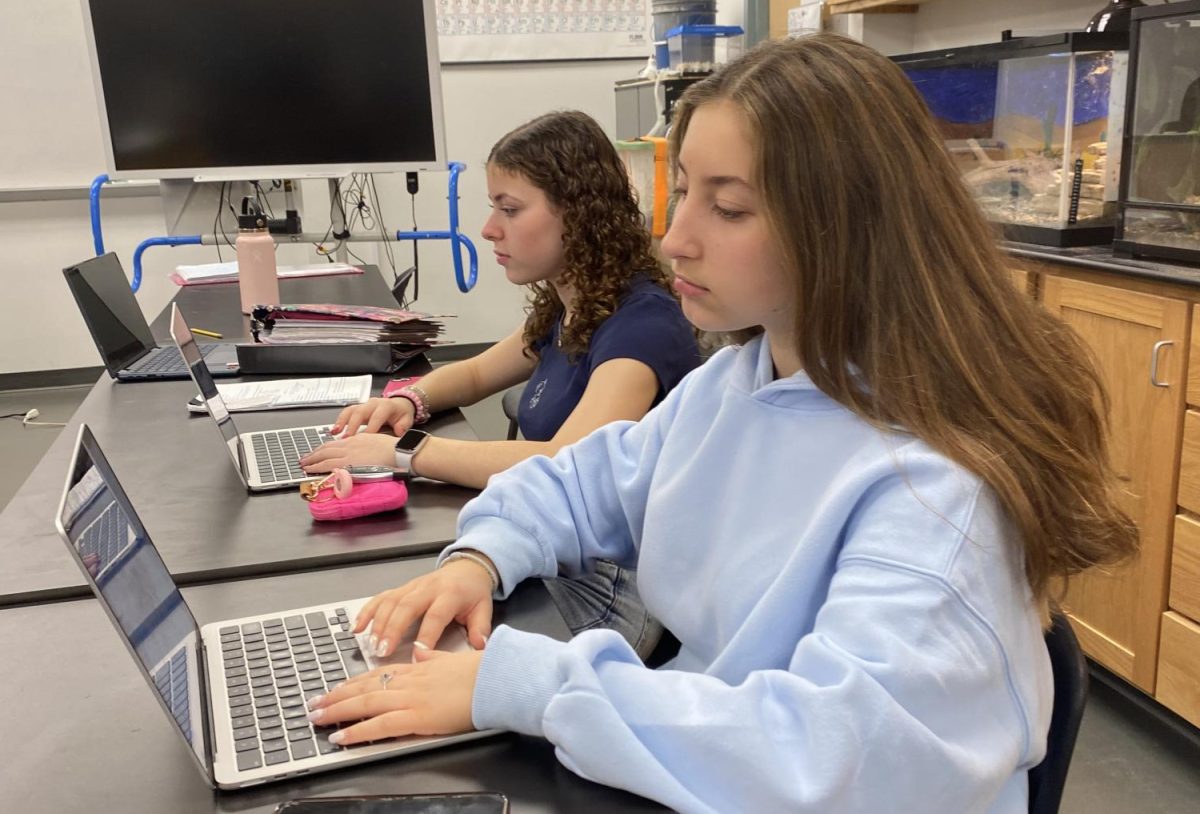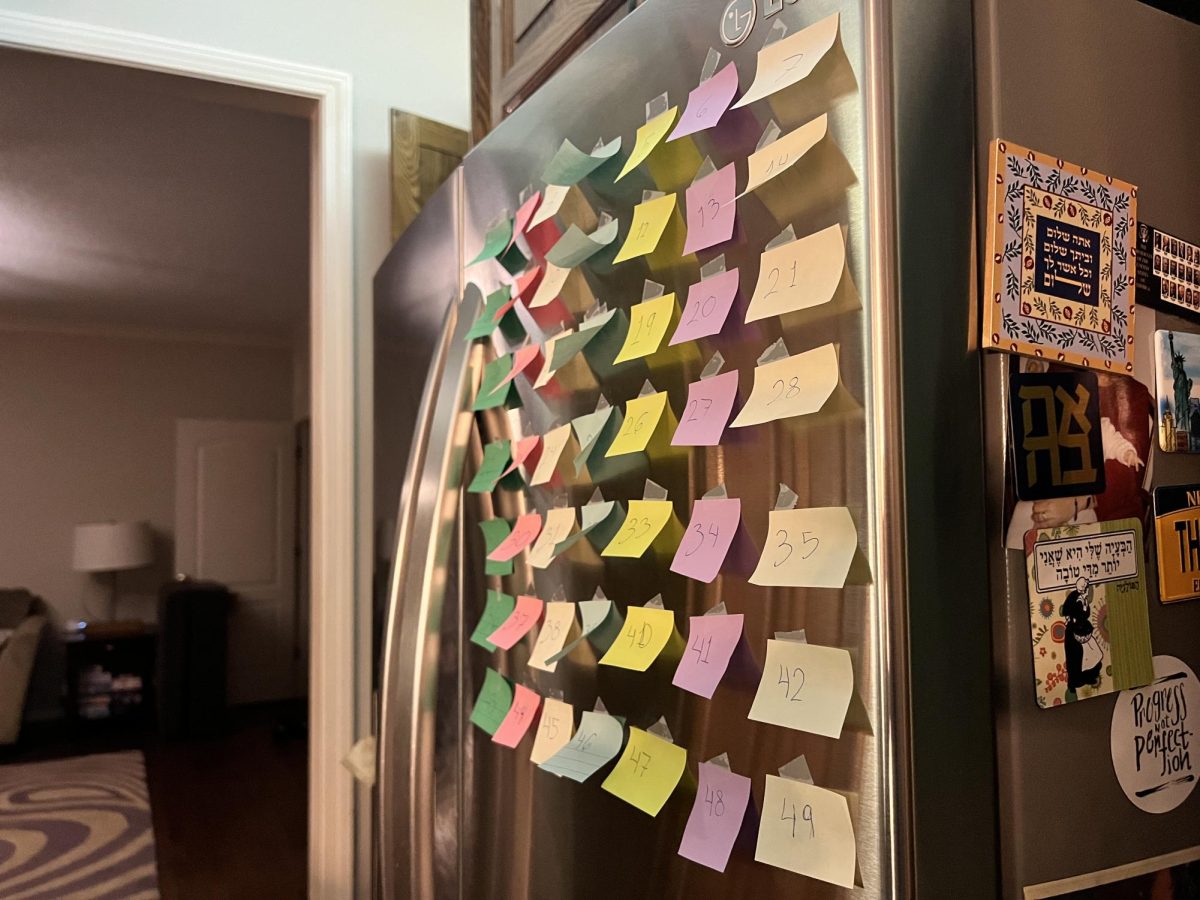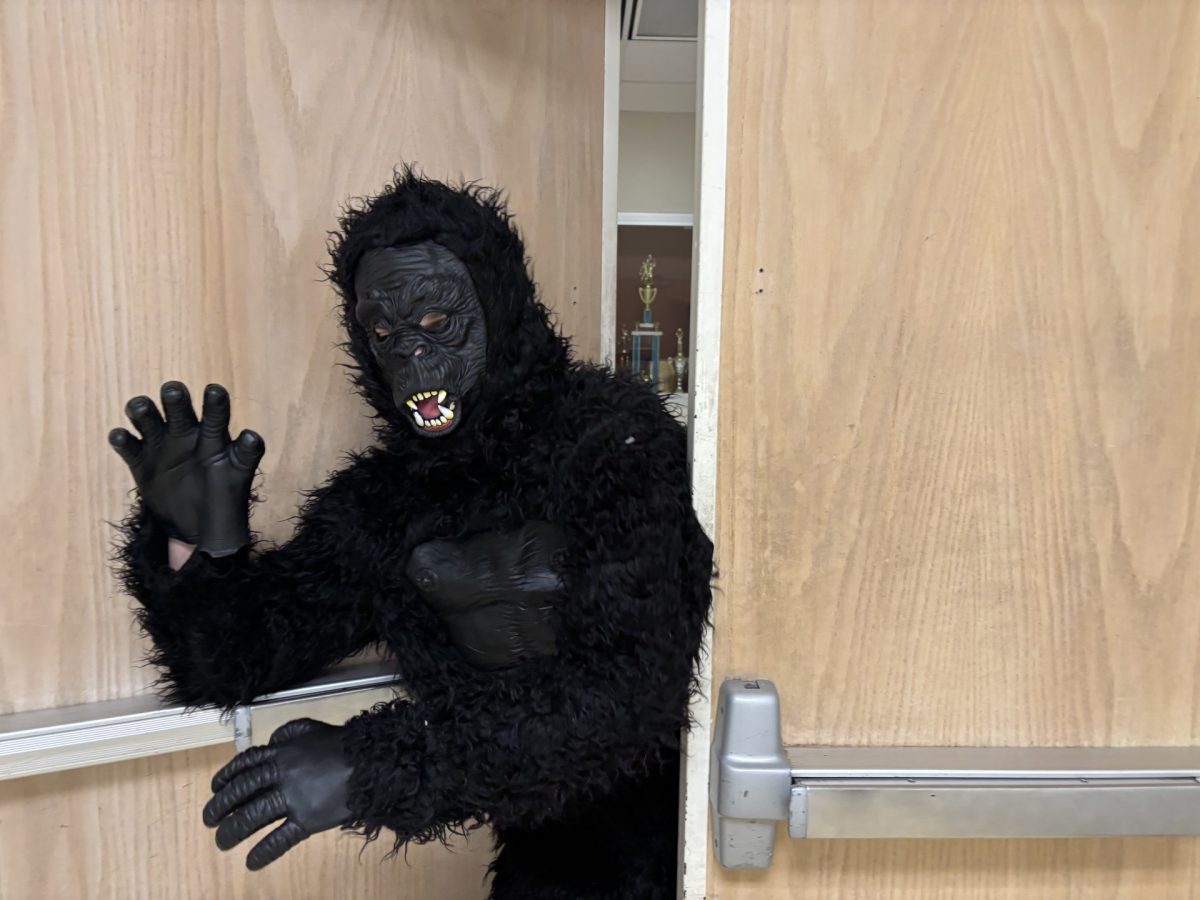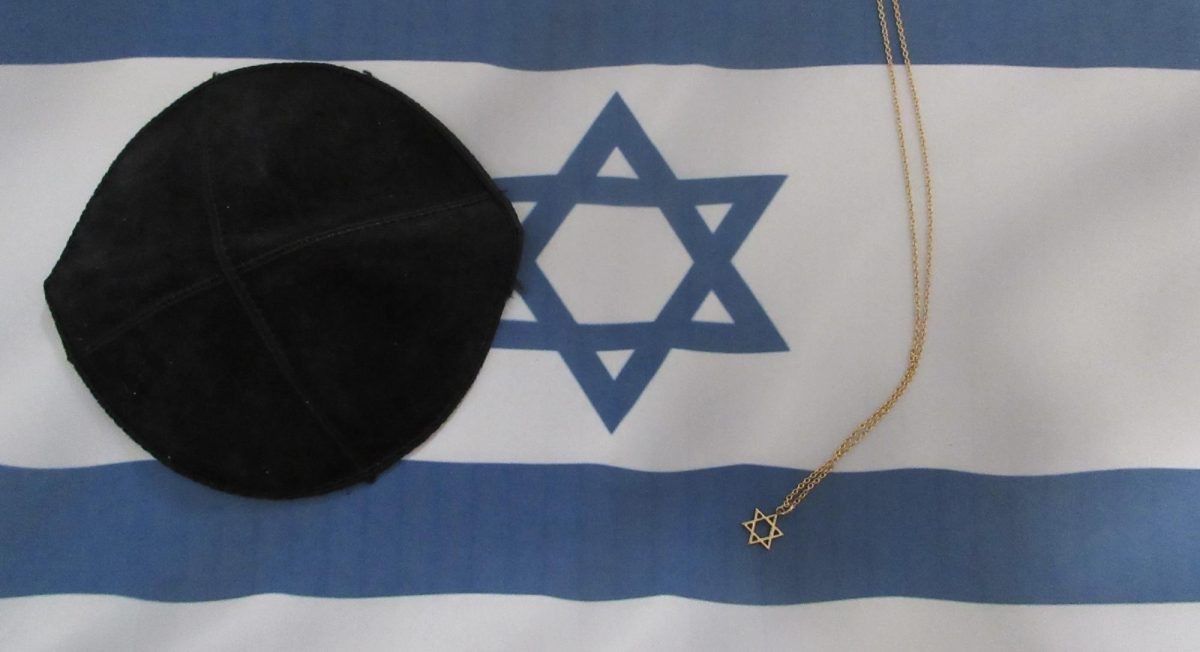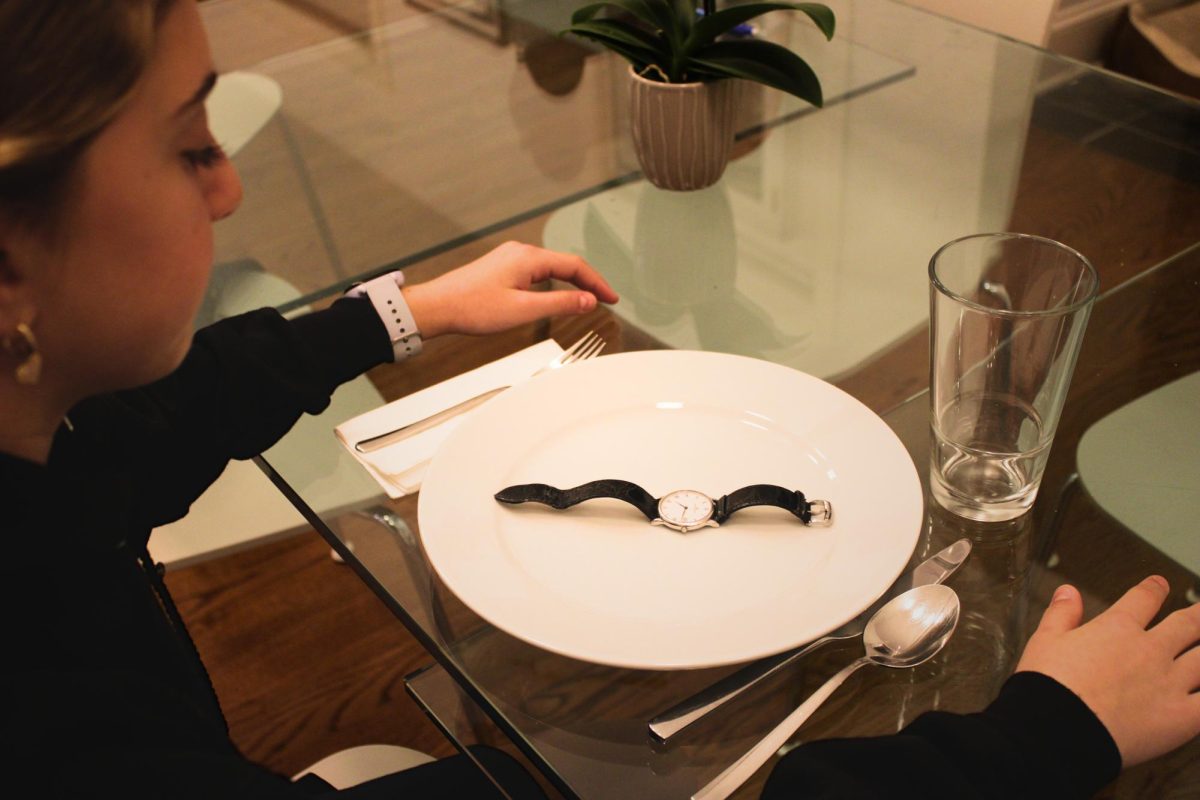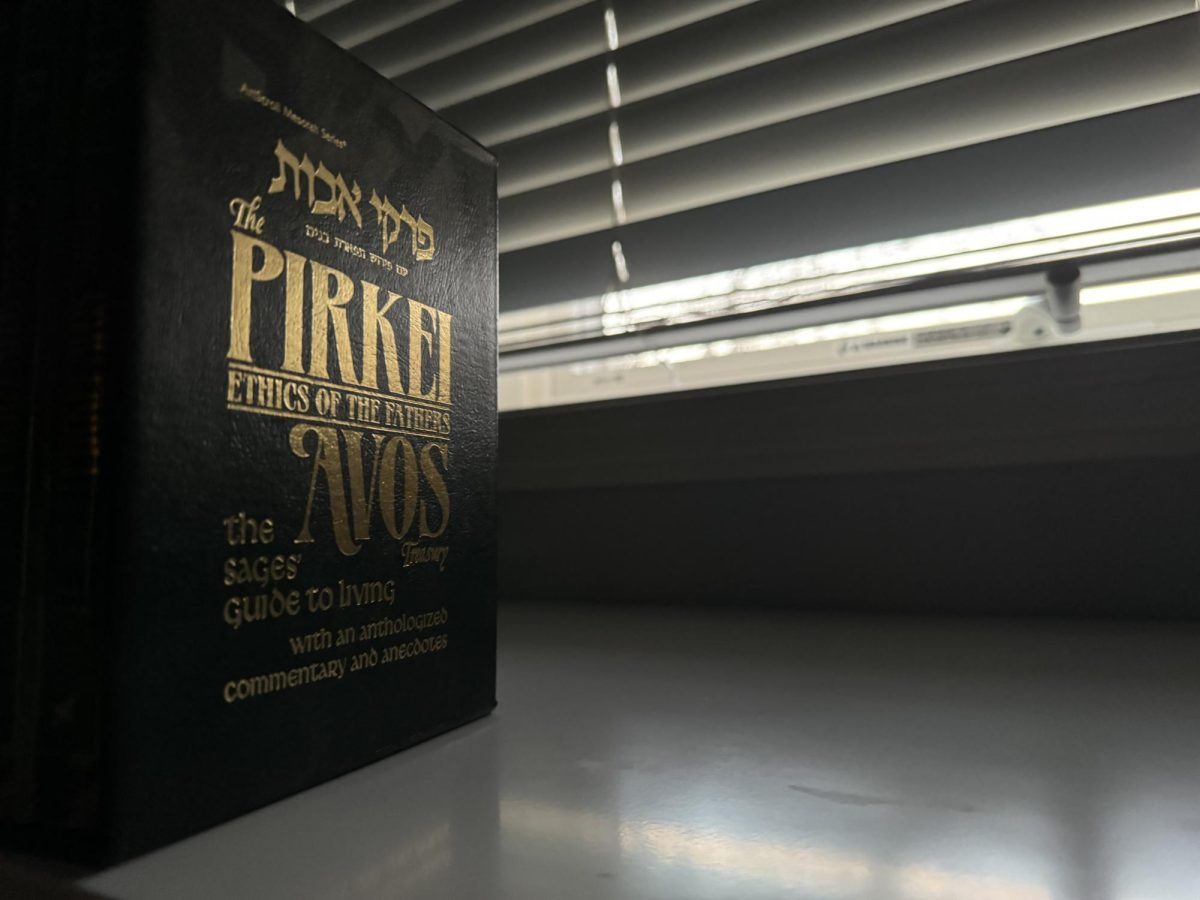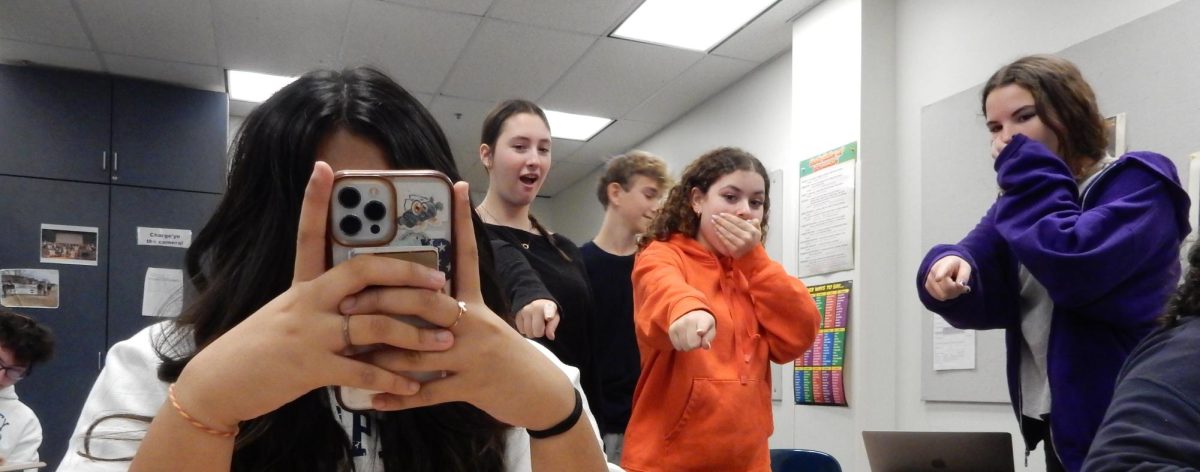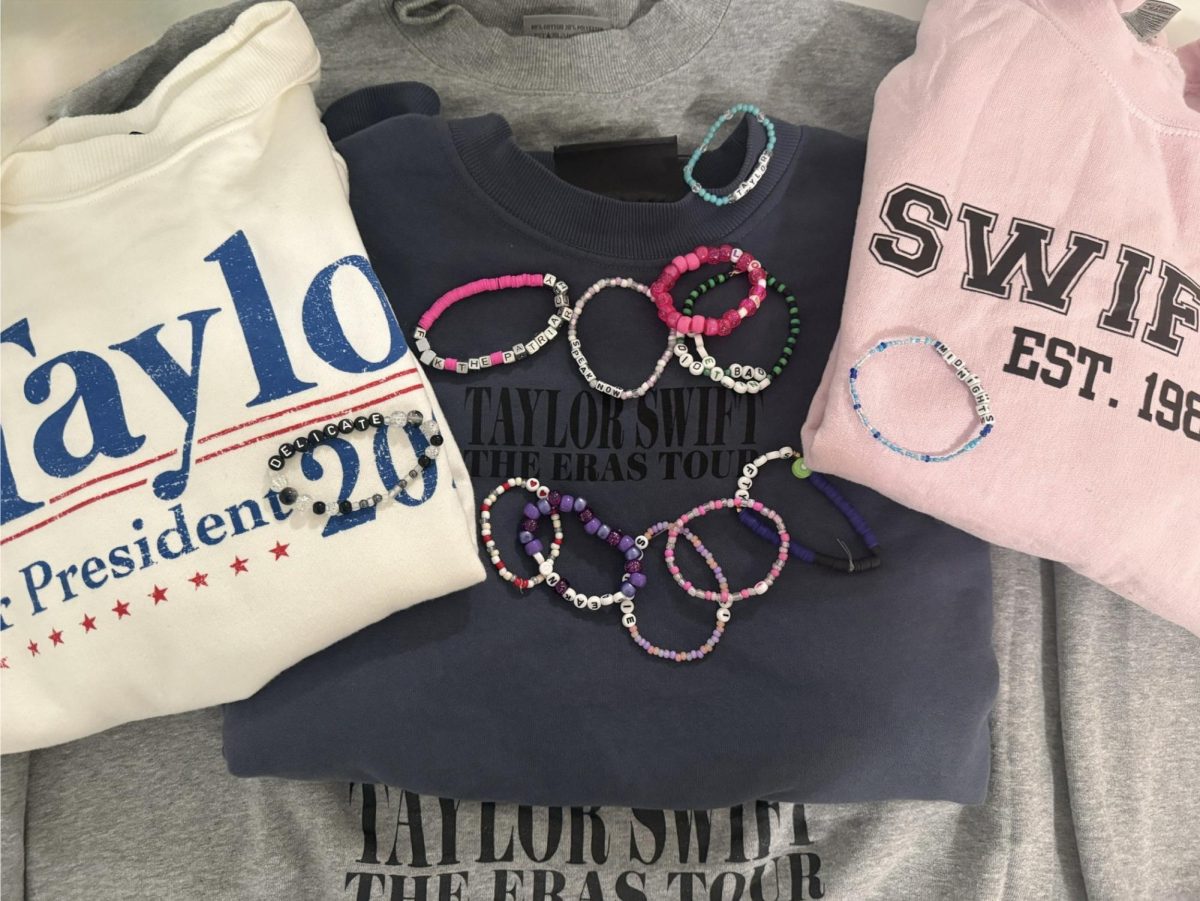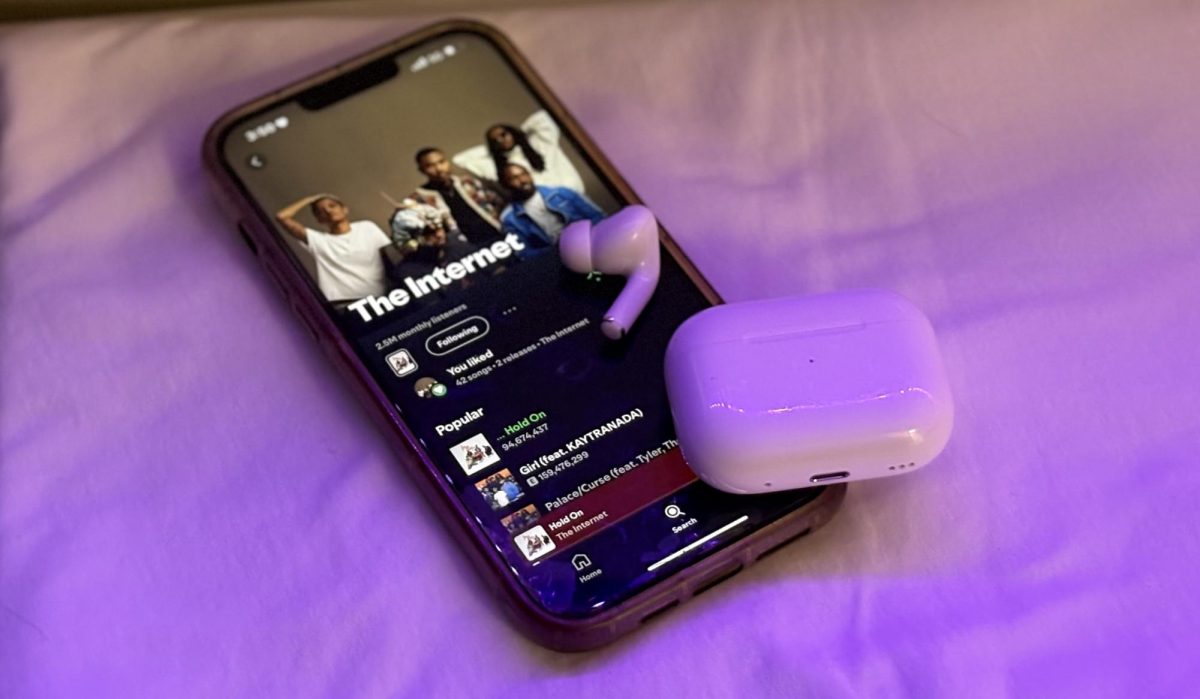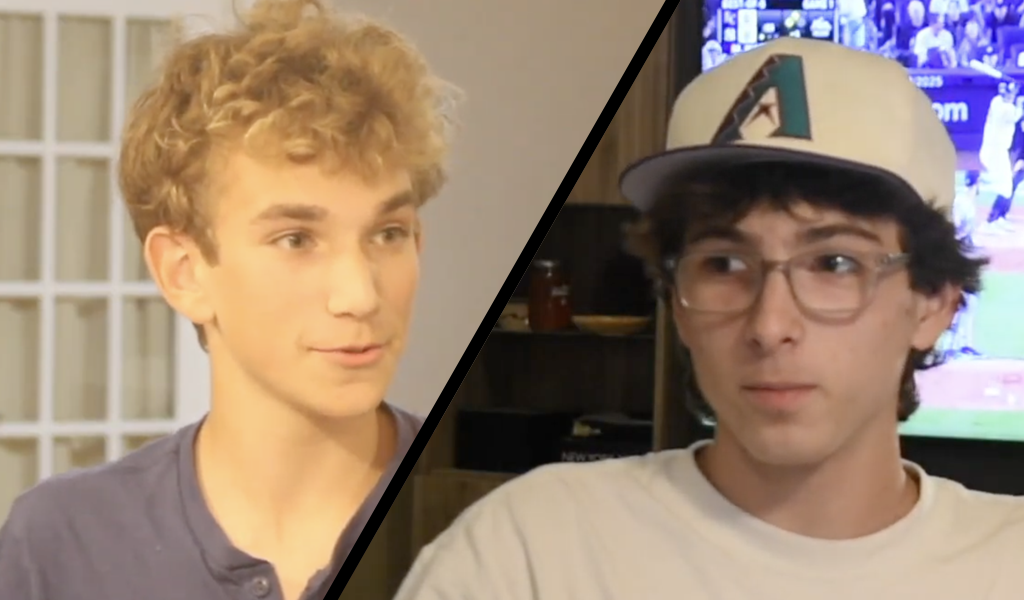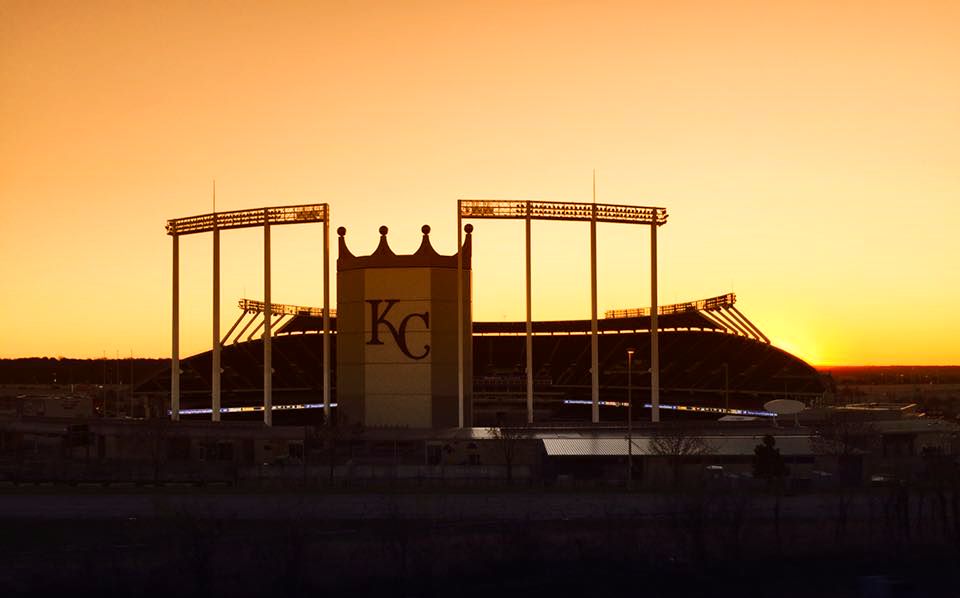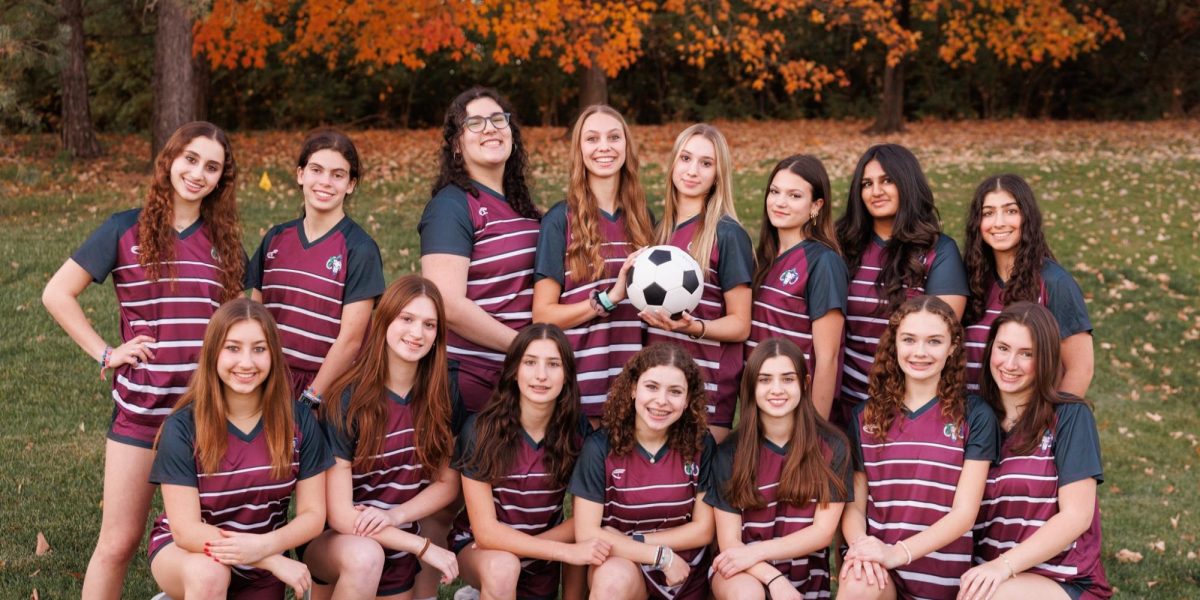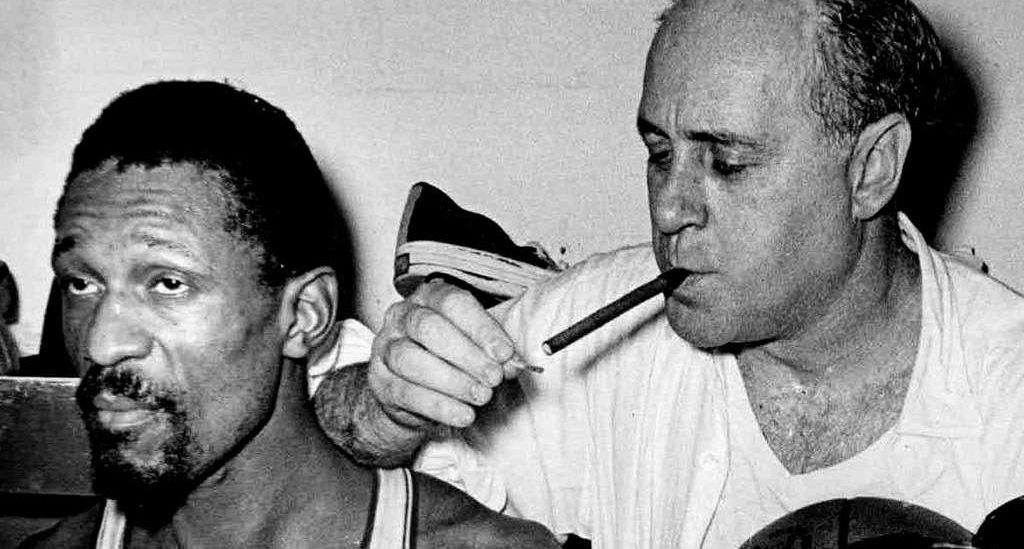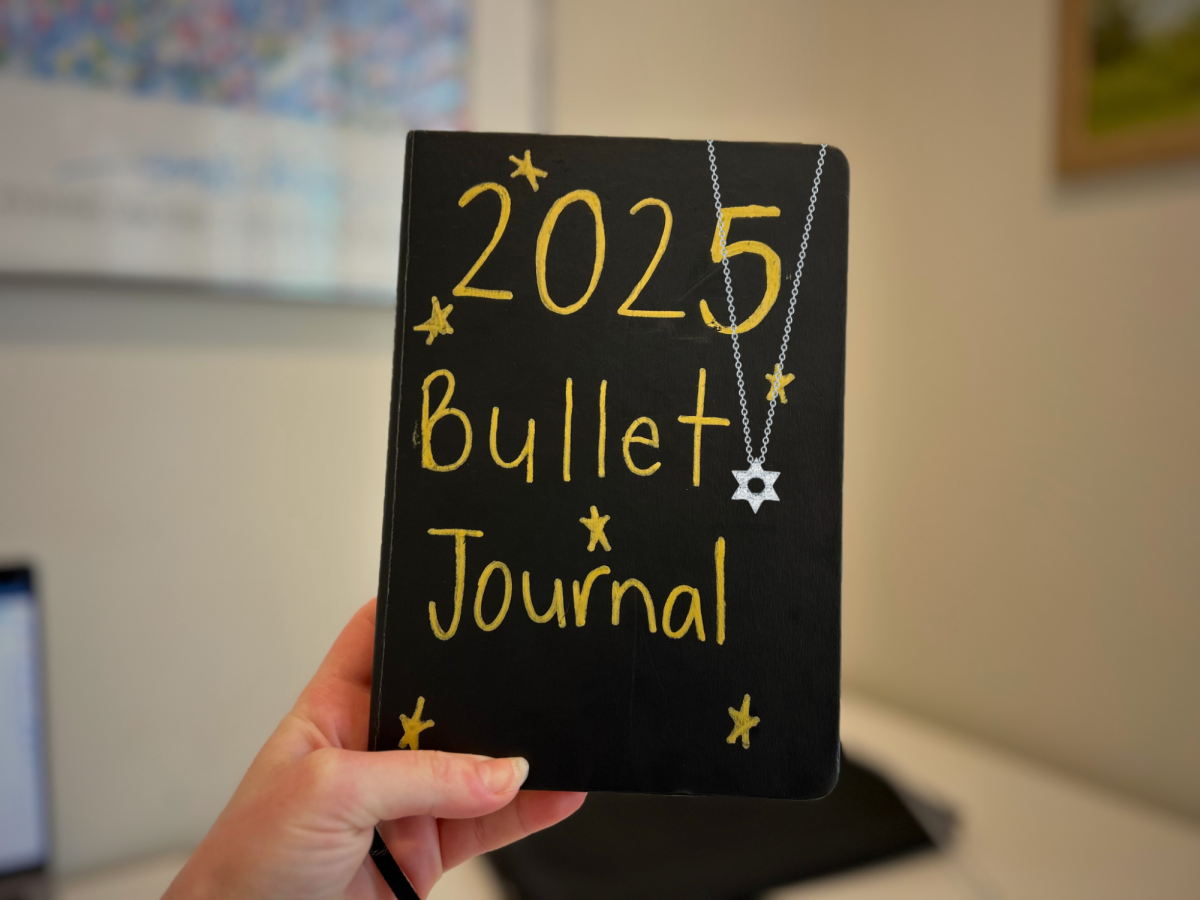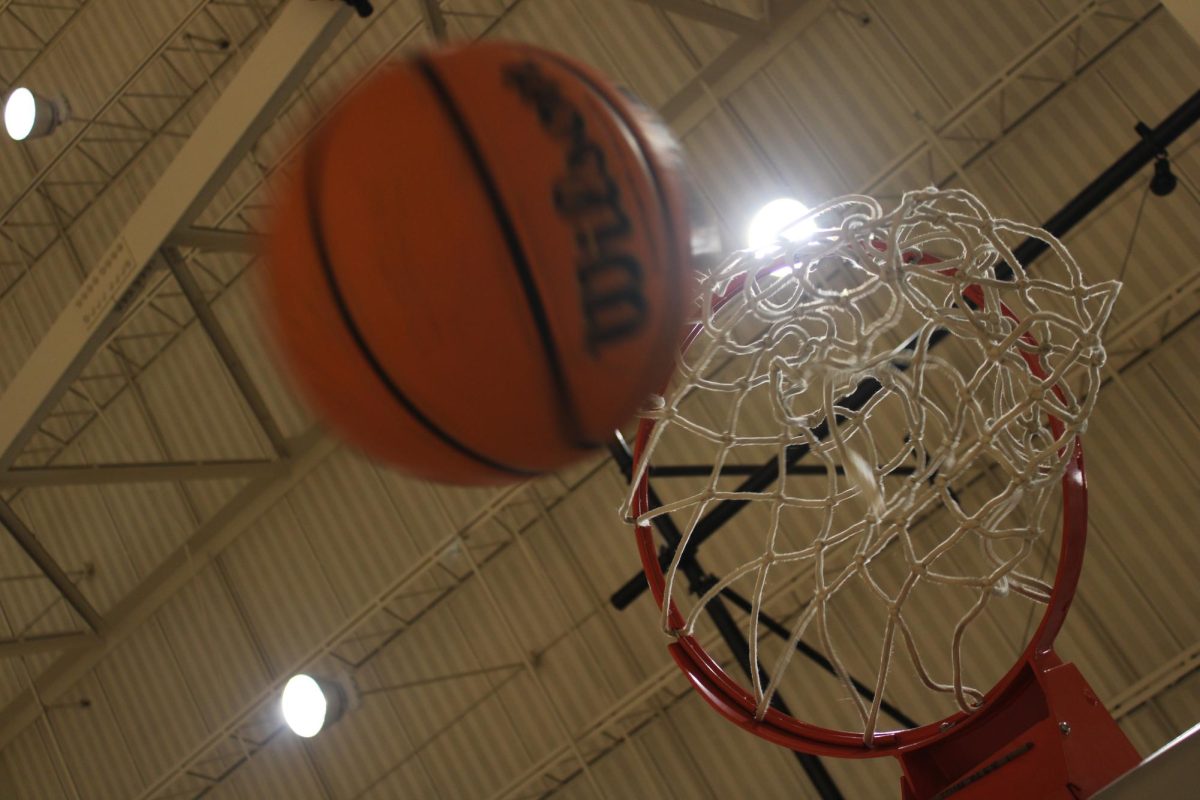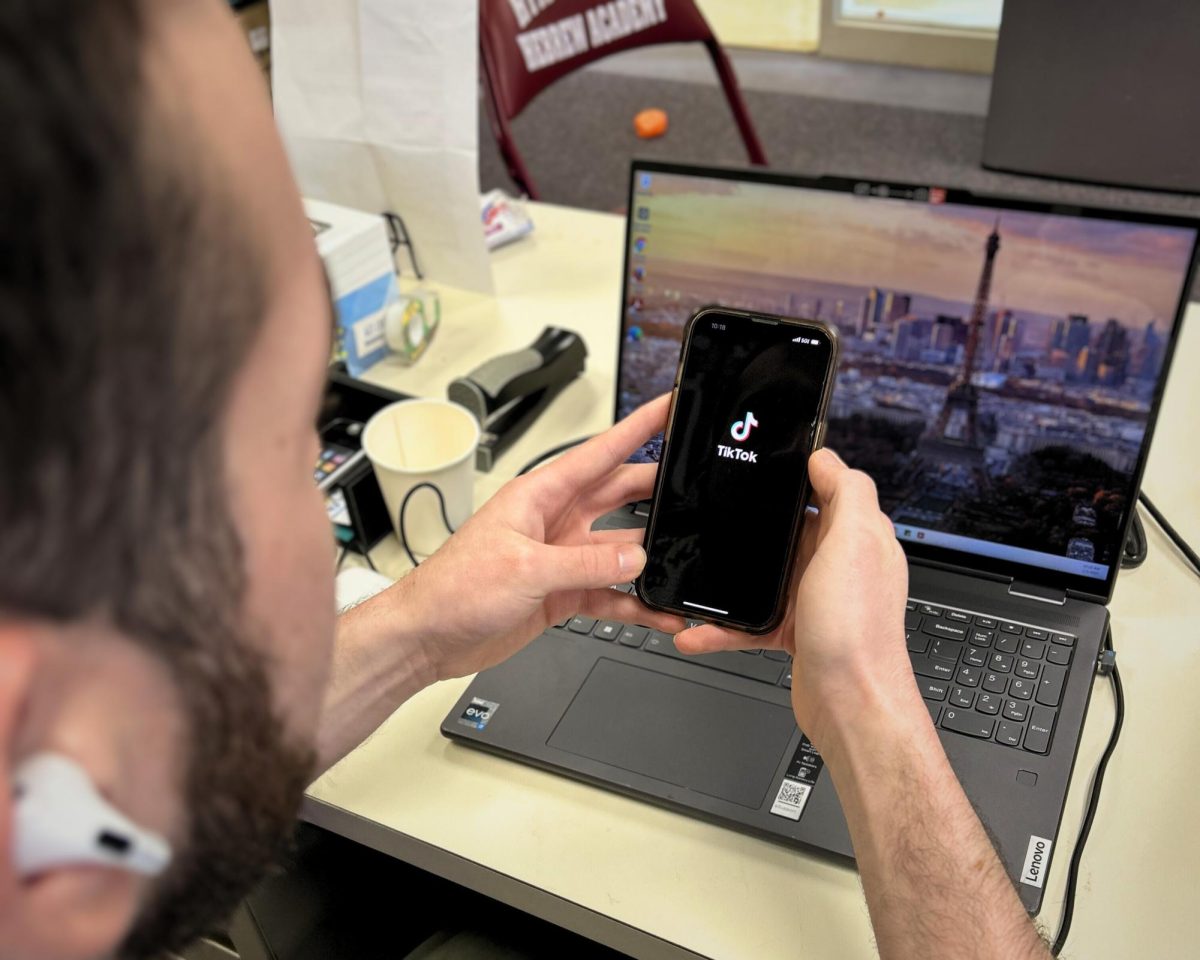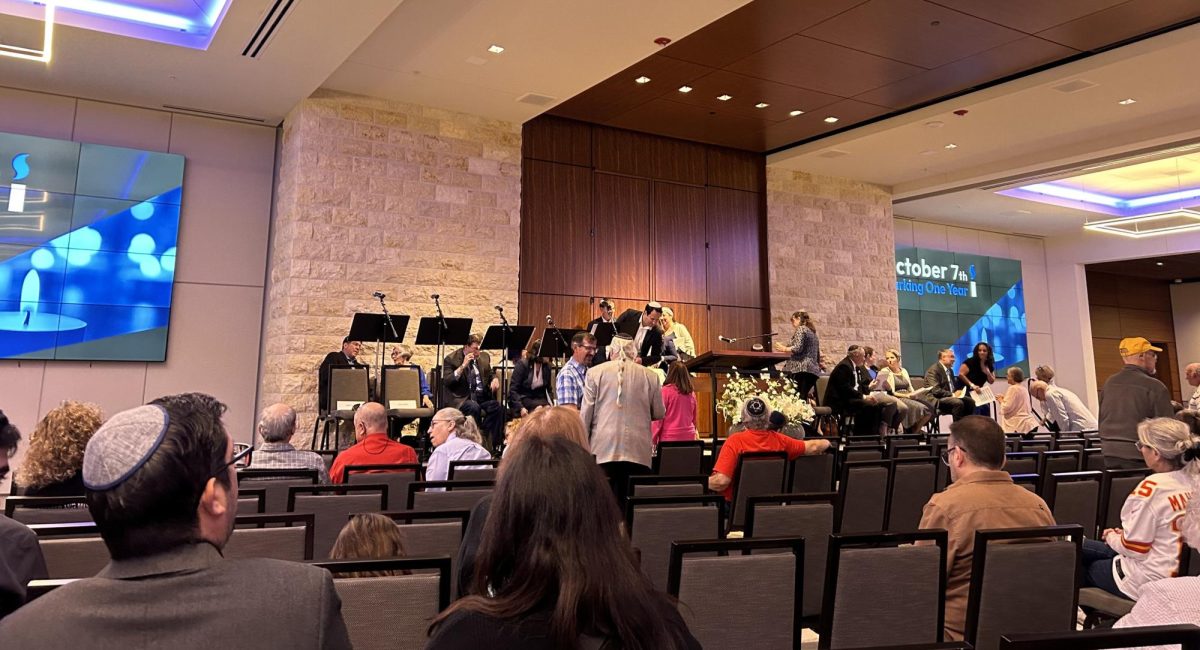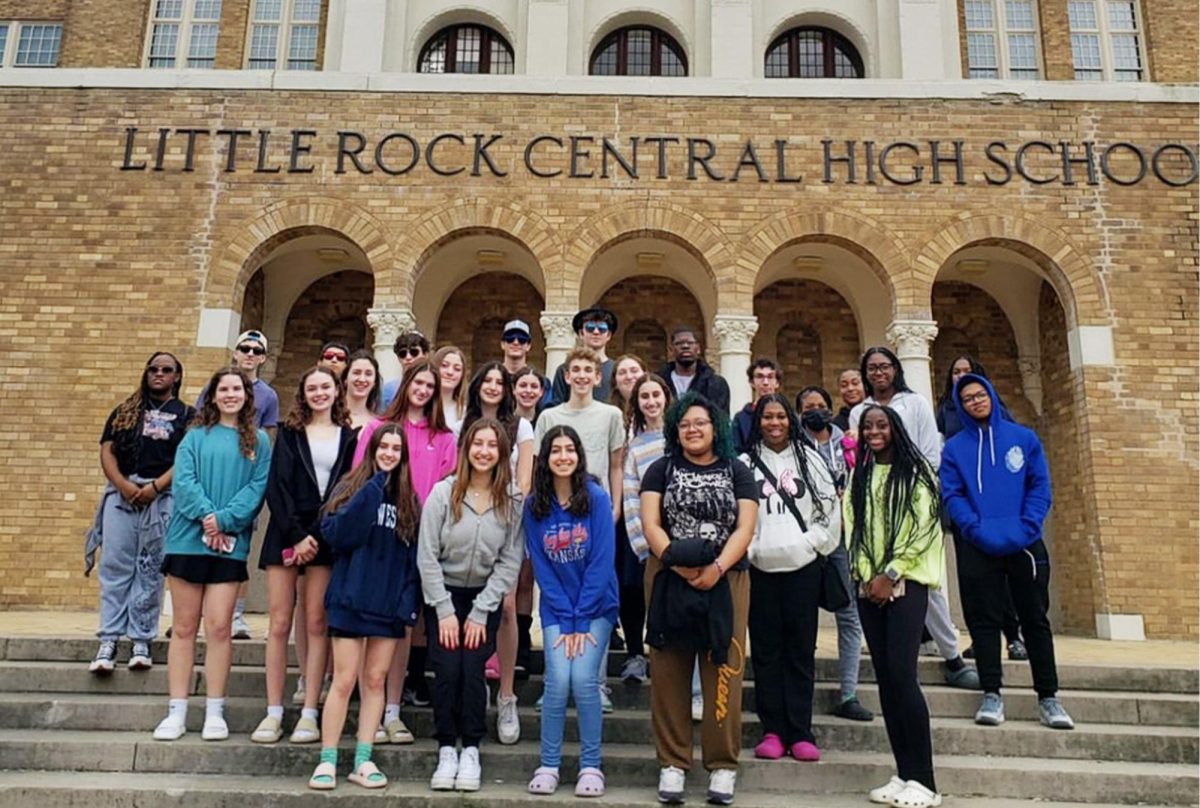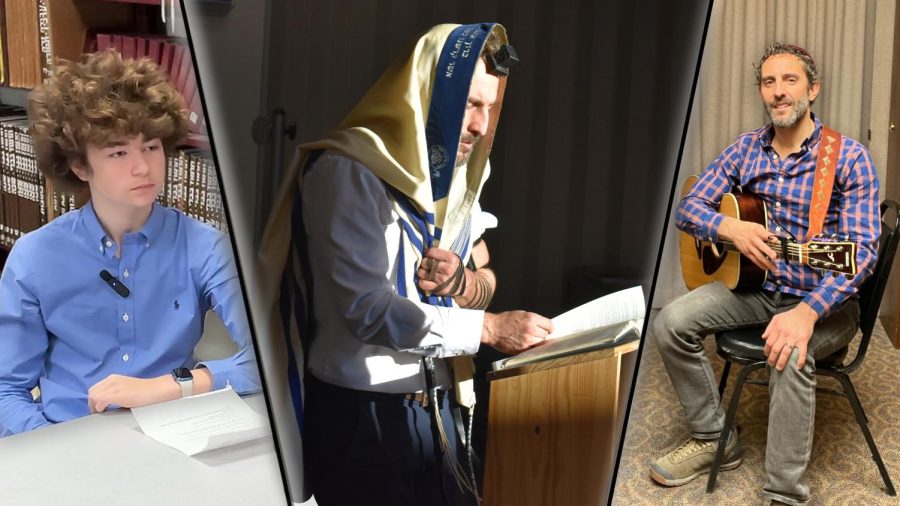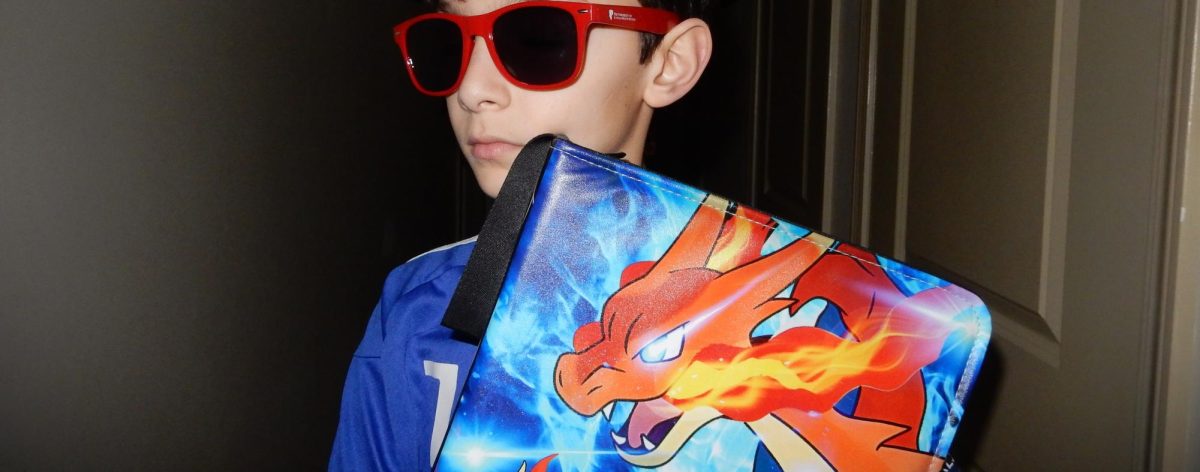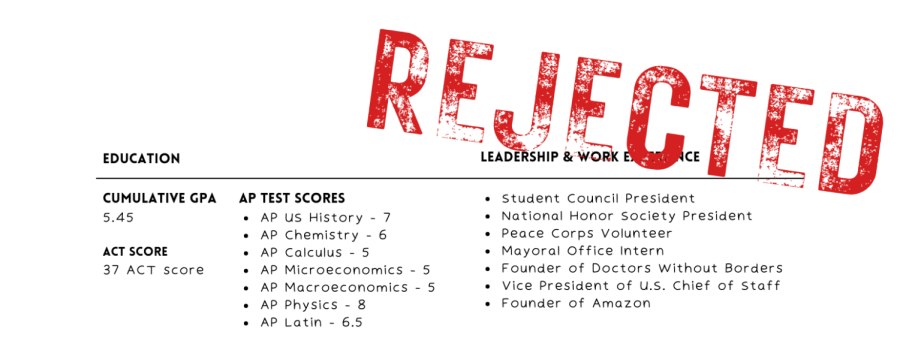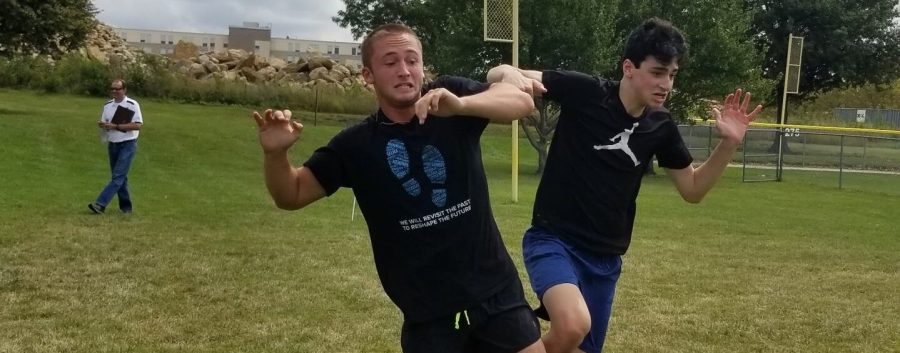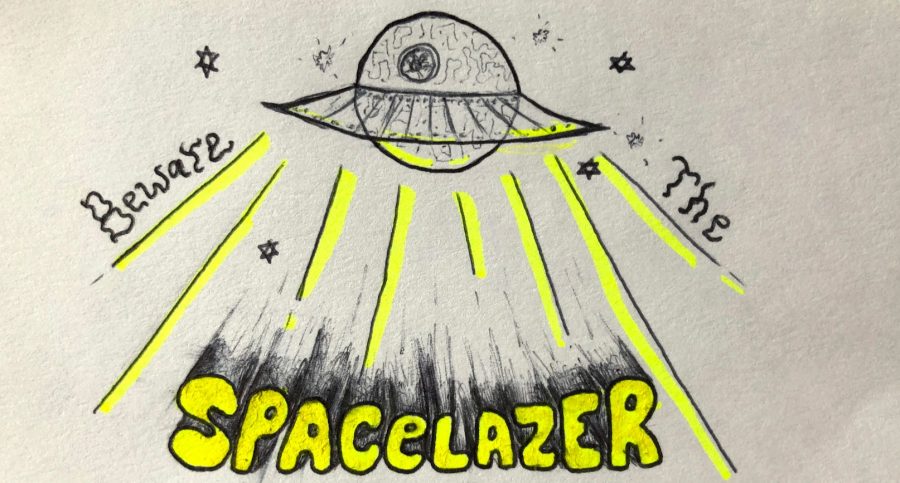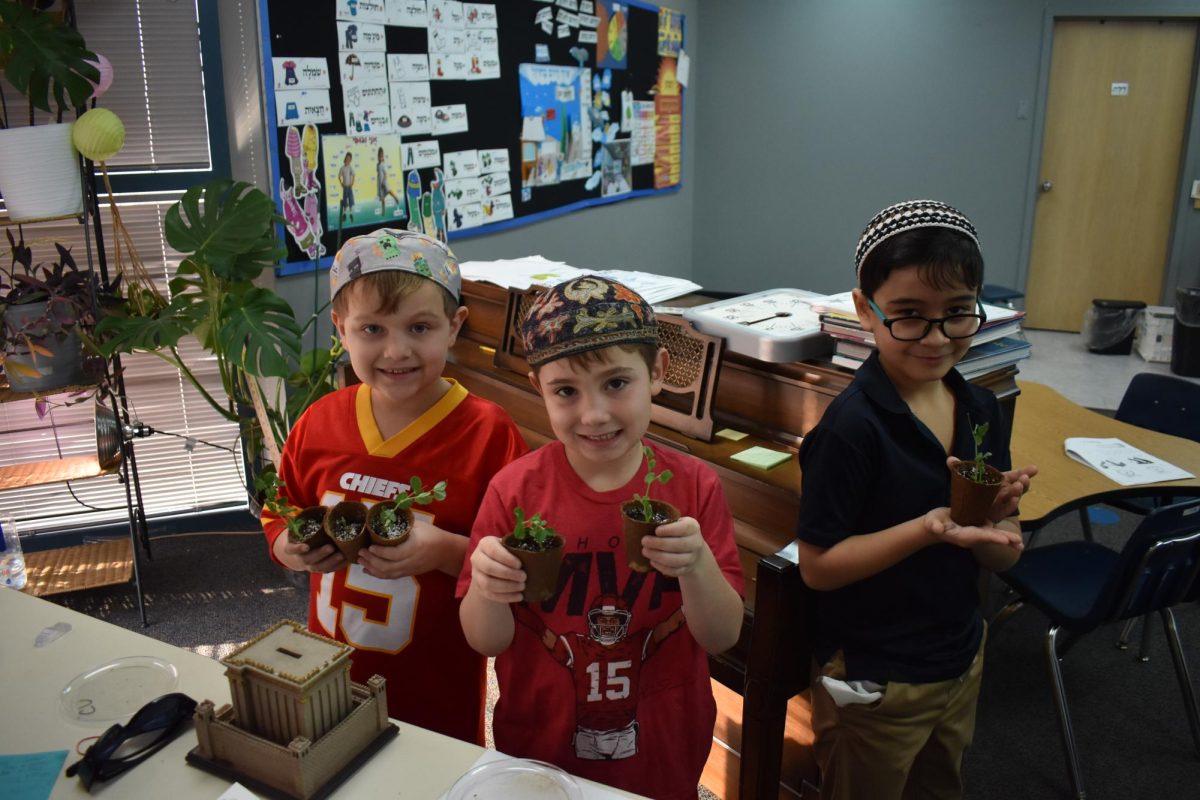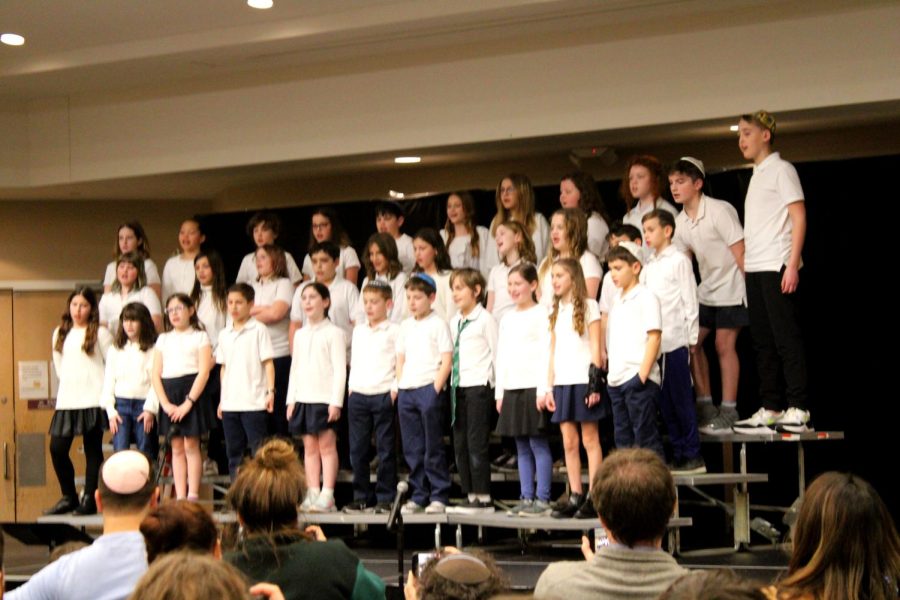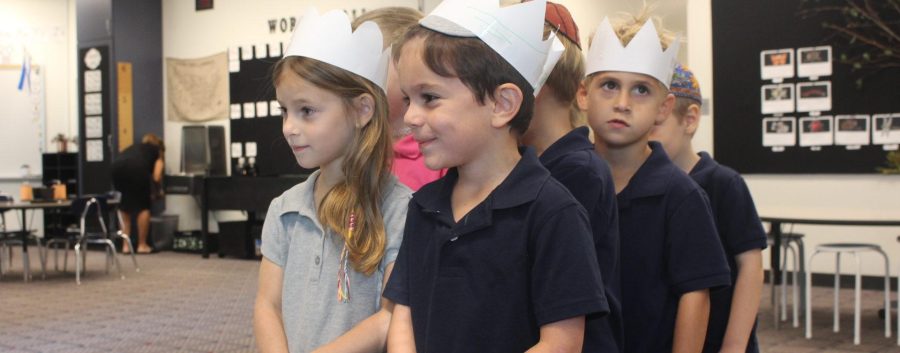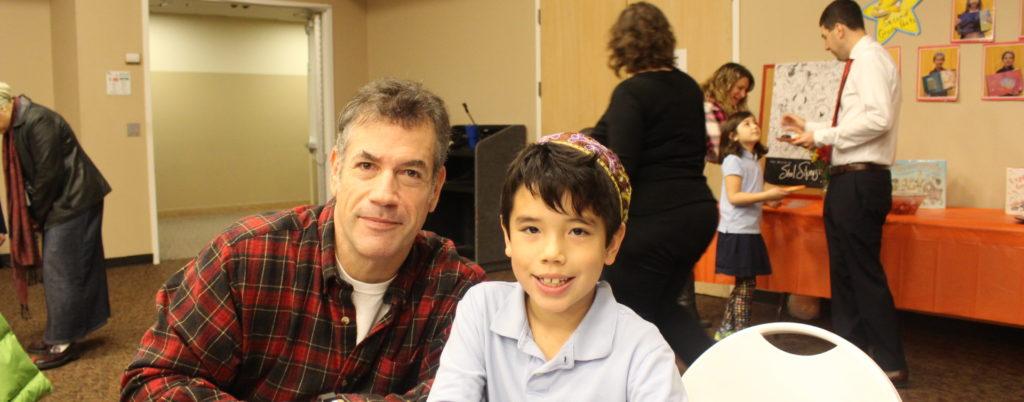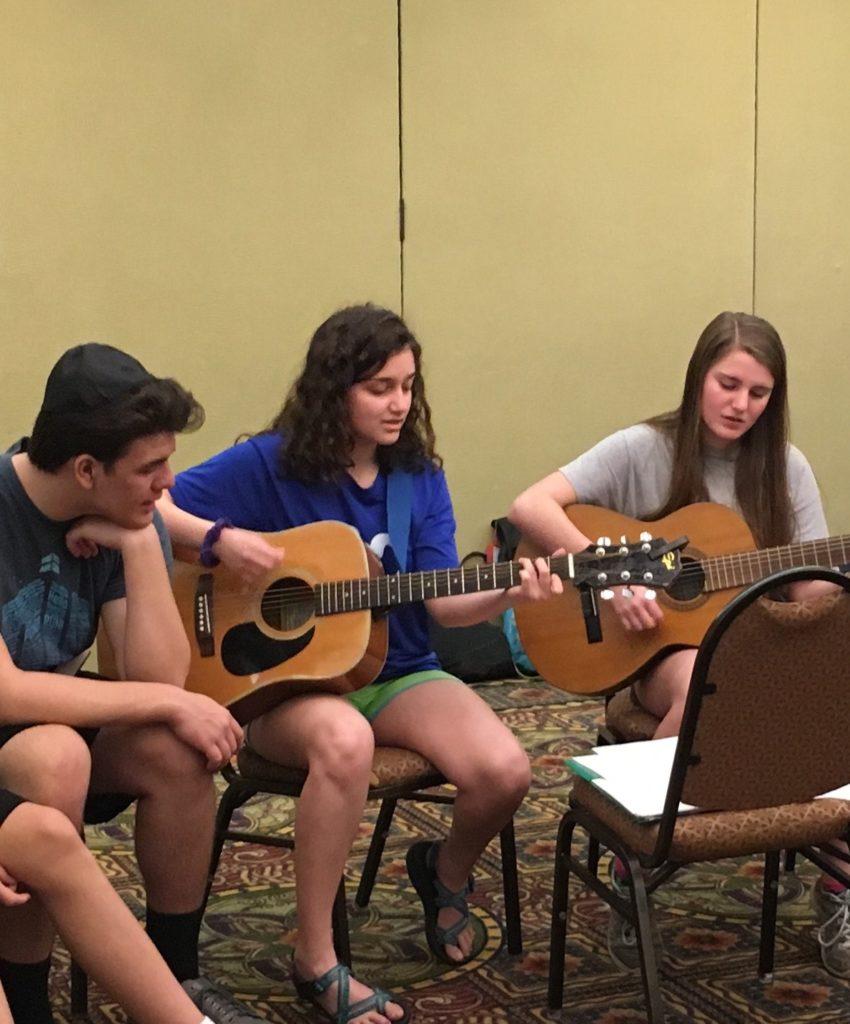Humanity’s ability to make music has been a unifier, a motivator, and a source of strength and joy for people everywhere. Music has the ability to empower even the most downtrodden and oppressed among us, and the people of the American Civil Rights movement of the 1950’s and 60’s were no exception. Throughout the movement, protesters and marchers sang songs of freedom as they fought for their rights. The freshmen and sophomores of Hyman Brand Hebrew Academy (HBHA) joined 19 students from University Academy (UA) on a Civil Rights tour of the South. Music was a major component of their study of the movement. It also became one of the key ways that the two groups broke racial and religious barriers and became one.
The hallmark song of the Civil Rights movement was “We Shall Overcome,” which, according to the Library of Congress, has its roots in African American hymns, though it is not attributed to any singular author. The lyrics are simple and powerful. It was sung in jail cells and on the streets; protestors derived strength and hope from its promise of a better future. The HBHA and UA students sang this song together with Joanne Bland and her sister Lynda Lowery (both participants in the march on Bloody Sunday) right before they crossed the Edmund Pettus Bridge in Selma, Ala. “It was a very powerful moment,” said sophomore Kayla Goldenberg, “because [Joanne and Lynda] were there [many years ago] singing that song, and now we are here, singing the same song.”
While “We Shall Overcome” was the hallmark song of the movement, “Wade in the Water” and “Ain’t Gonna Let Nobody Turn Me Around” were the hallmark songs of the trip. “Wade in the Water” was first introduced to the HBHA and UA students in November 2015, when the students started preparing for the trip. It was an immediate hit. Freshman Ethan Matsil found it especially meaningful from the get-go, because “it talks about the Israelites…and both [HBHA students and the UA students] could connect to the song.” The HBHA students knew the song so well that while waiting for the bus in front of the Ebenezer Baptist Church, the location of Martin Luther King, Jr.’s ministry, in Atlanta, Ga., they began to sing it at full volume. “When [HBHA students] owned that, and were singing it on your own, it was really affirming…it was just perfect. That spot right there was one of the most meaningful times on the trip for me, as an educator…it meant that they got it.” said Josh Goldberg, one of the chaperones and organizers of the trip.
“Ain’t Gonna Let Nobody Turn Me Around” proved to be another favorite over the course of the trip. Its lyrics are simple and interchangeable, and the catchy tune makes it easy to pick up. The structure of the song allows each verse to remain essentially the same while still focusing on a different obstacle that one would face. So one could sing with all their heart that they ain’t gonna let–insert anything with the right number of syllables, such as “sheriff,” “Bull Connor,” “injustice,” etc.–turn them around. This song was the perfect bridge between the Civil Rights movement of the 1960’s and the world today because of its adaptability. Eventually, three sophomores each claimed a verse as their own. Goldenberg sang the verse with the words “ain’t gonna let segregation turn me around,” Eliana Saidel replaced segregation “Jim Crow,” and Joe Porter used “jail cell.” Whenever they sang the song, the three sophomores would take turns leading the group in their respective verses. “I chose to take a verse because music had a special impact for me on this trip,” Porter explained. “Thinking about these songs, the last time they were sung was when people were at these historic sites, marching and participating in the history that we are learning about today.”
Video by Michal Cohen.
The fourth and final piece of music that was a major part of our trip was not a Civil Rights song at all. In fact, it was more of a cheer that one might learn at camp. It was taught to the HBHA students by the UA students. The entire group was eating dinner at Mishkan Israel, the only synagogue left in Selma, Ala. After the meal, all the students were crowded around one table, the two groups mingling and singing together. Eventually, the “P-O-W-E-R” song surfaced. This song consisted of three lines, with everyone repeating the last line at the end. Students from both schools were singing and dancing together. “It made me feel more connected to all the people around me,” said sophomore Nina Gale. “It was an amazing time, and one of my favorite moments of the trip.”
Video by Michal Cohen.
Students were not the only ones affected by this song session. Goldberg commented that “it was one of those things I don’t think I’ll ever forget. One of the hidden pieces of the curriculum was for HBHA and UA to unite, and we were worried…but slowly, slowly you could see the warming up to each other, and when you guys started singing…it was a very beautiful and powerful moment. One that’s the true coming together of UA and HBHA.”
There are few things as universal as music. Everyone encounters it in some way, shape or form, and this trip was no exception. Whether it was songs that Civil Rights activists sang, or songs that sound like they came from a summer camp, music was an unforgettable aspect of a truly unforgettable trip.


